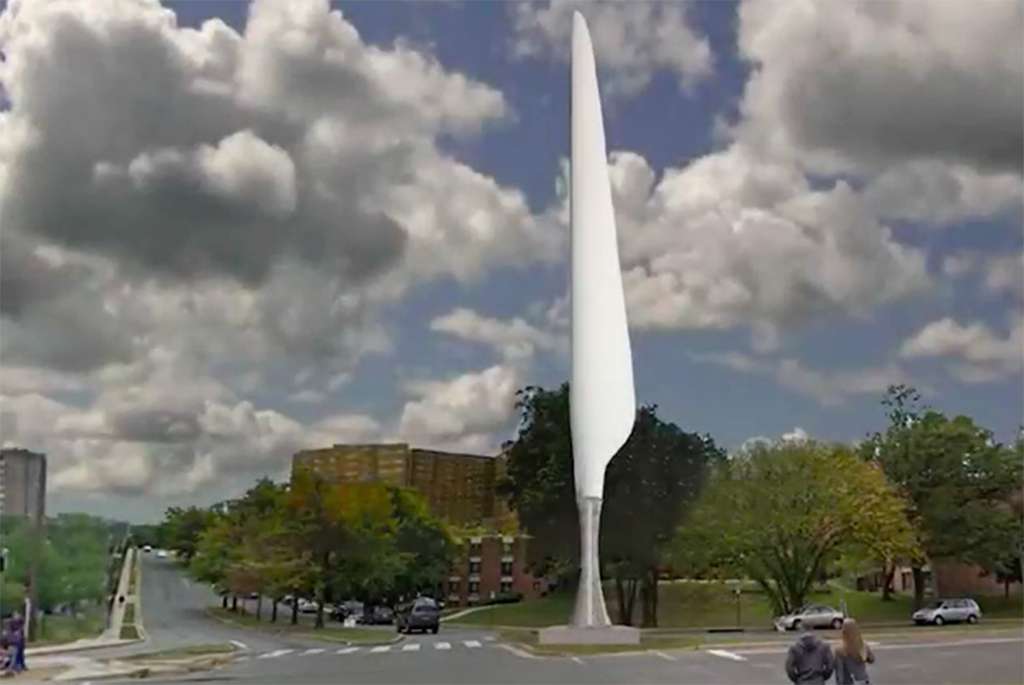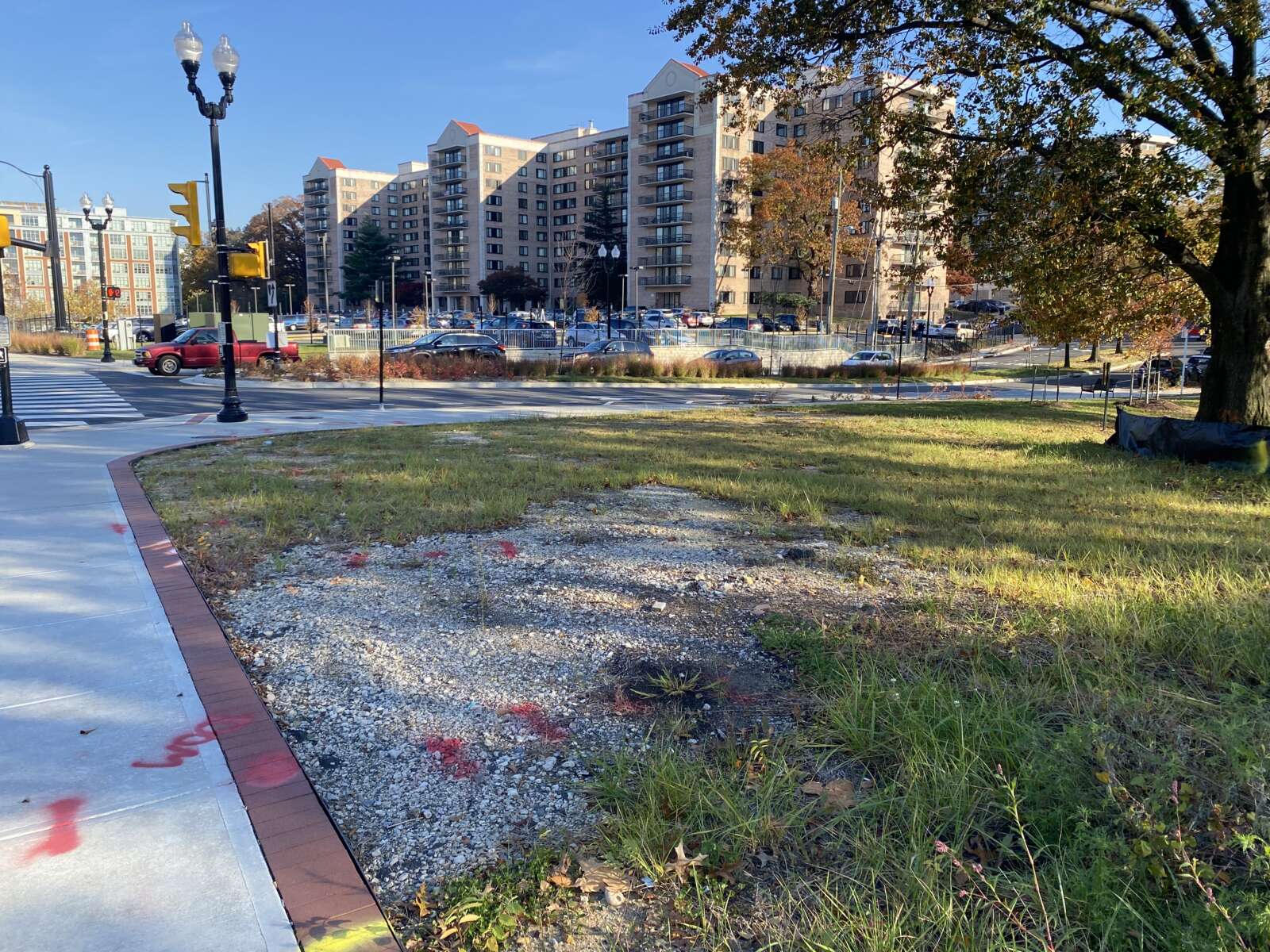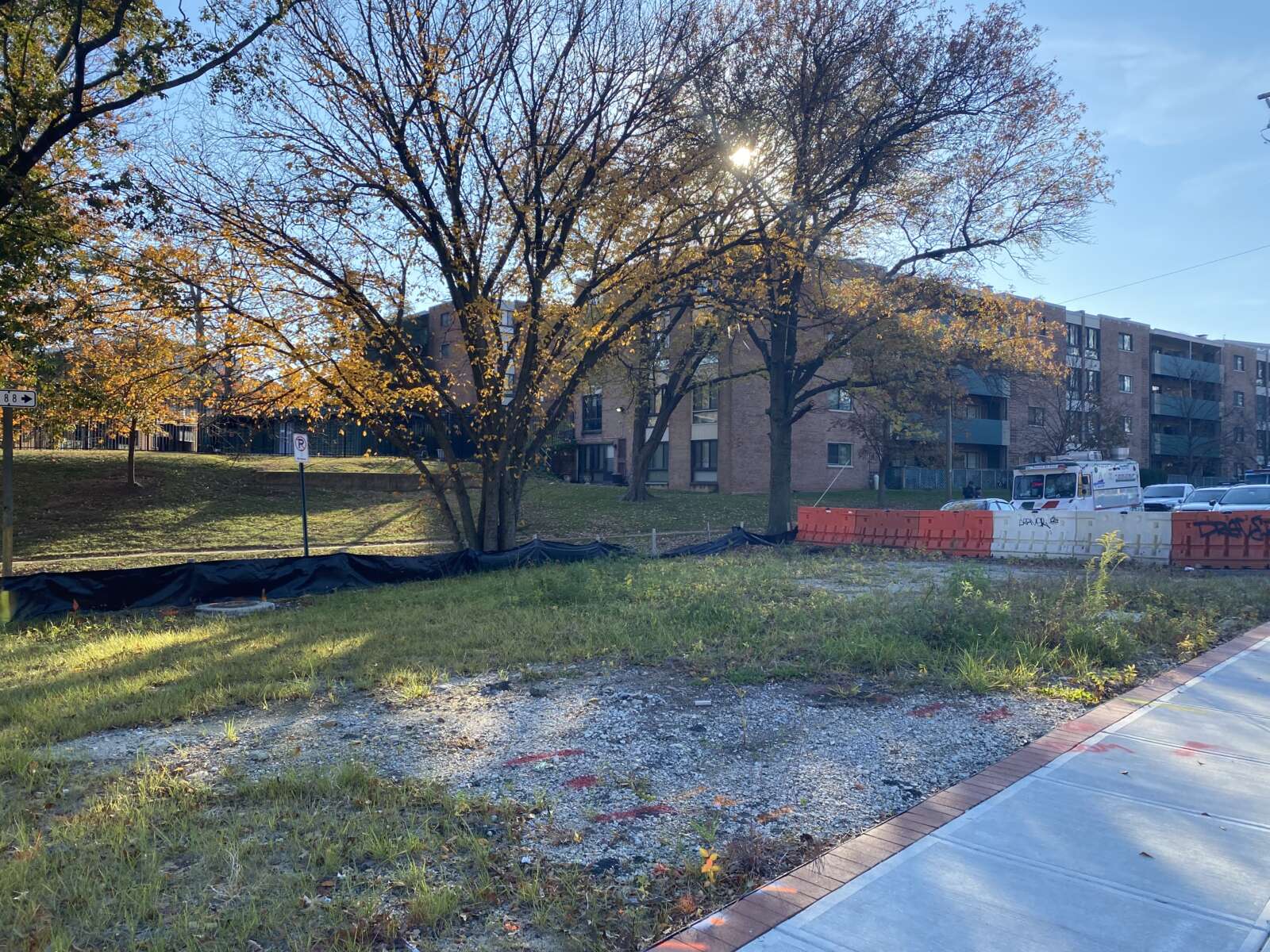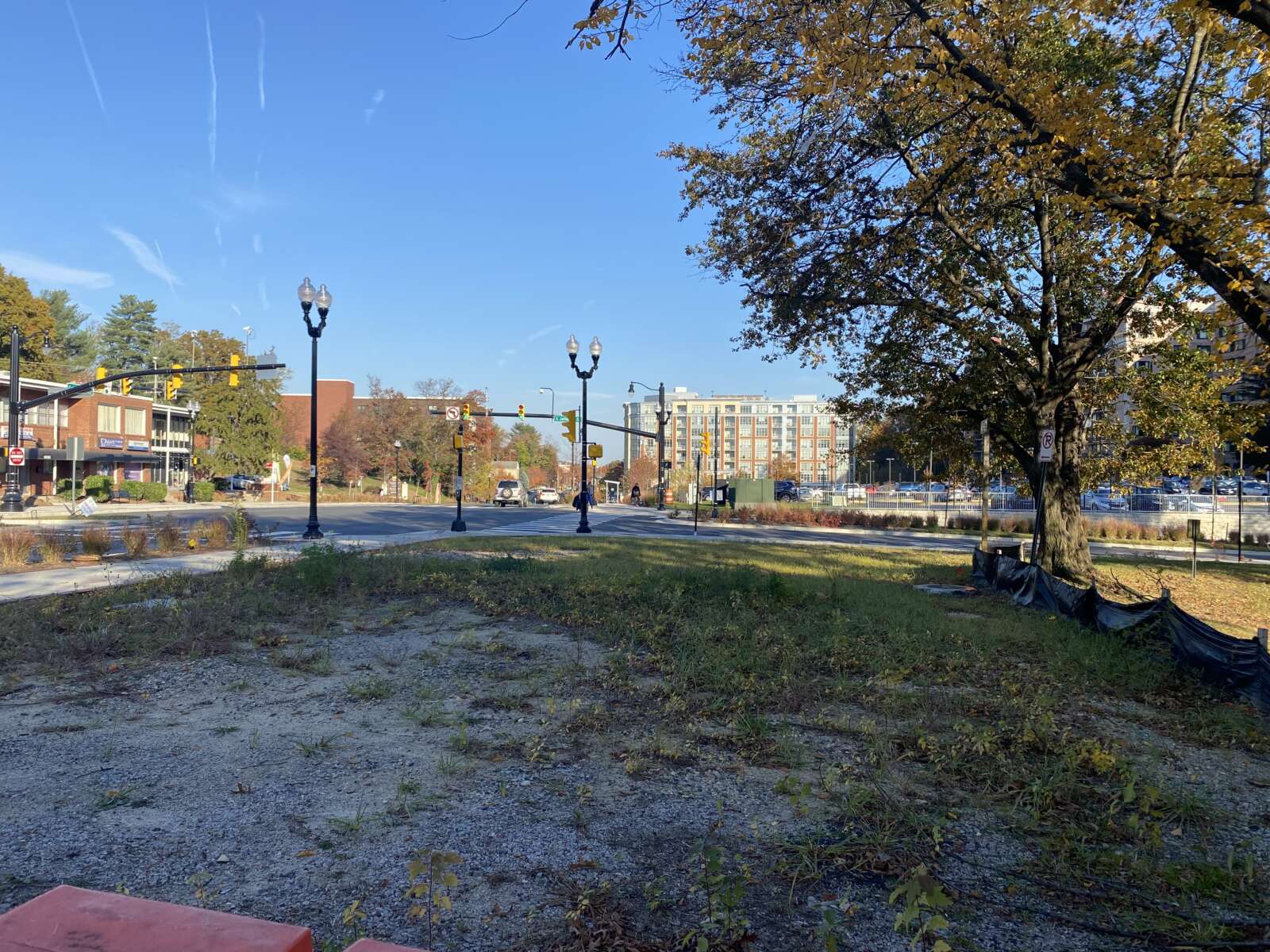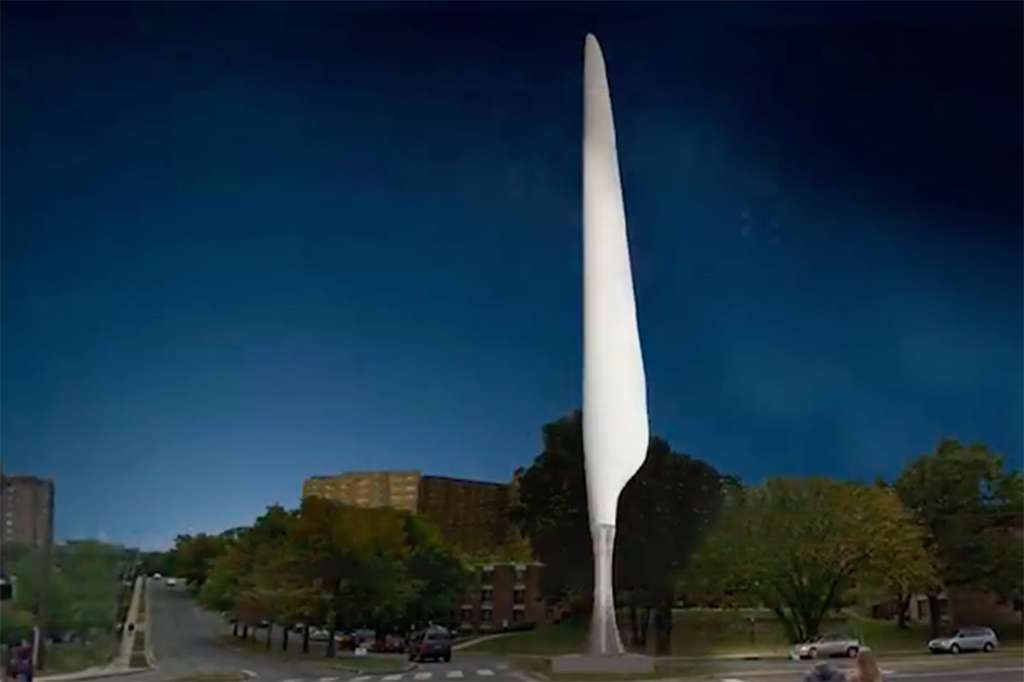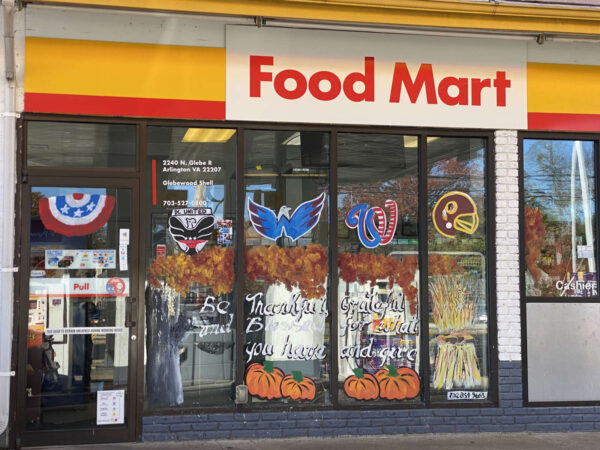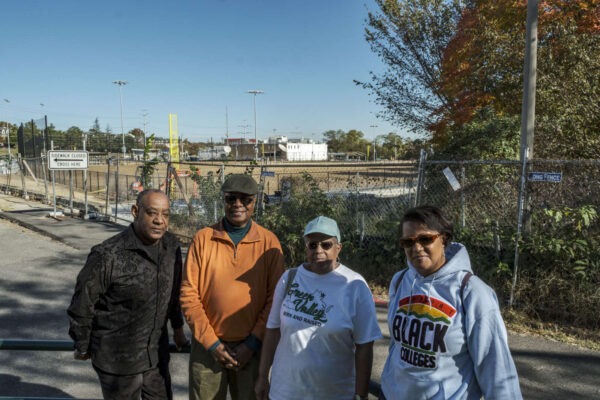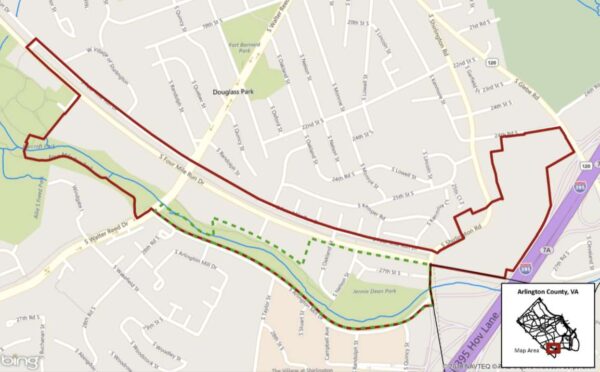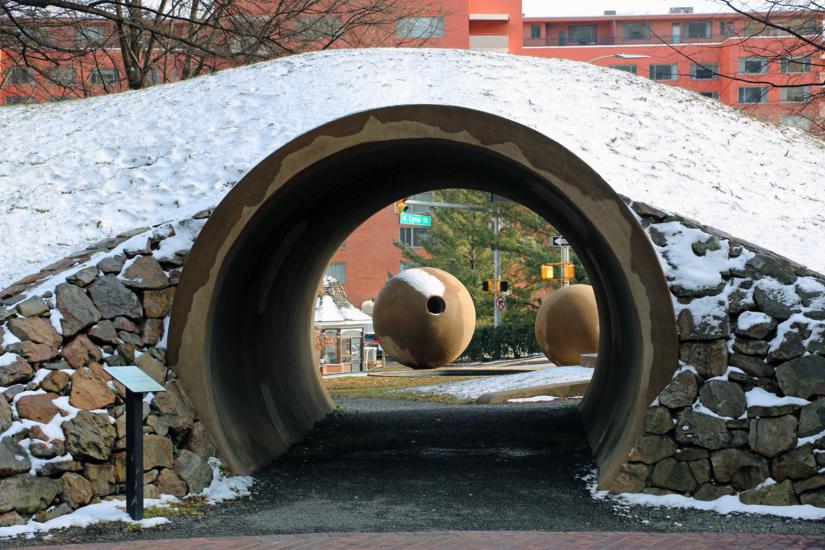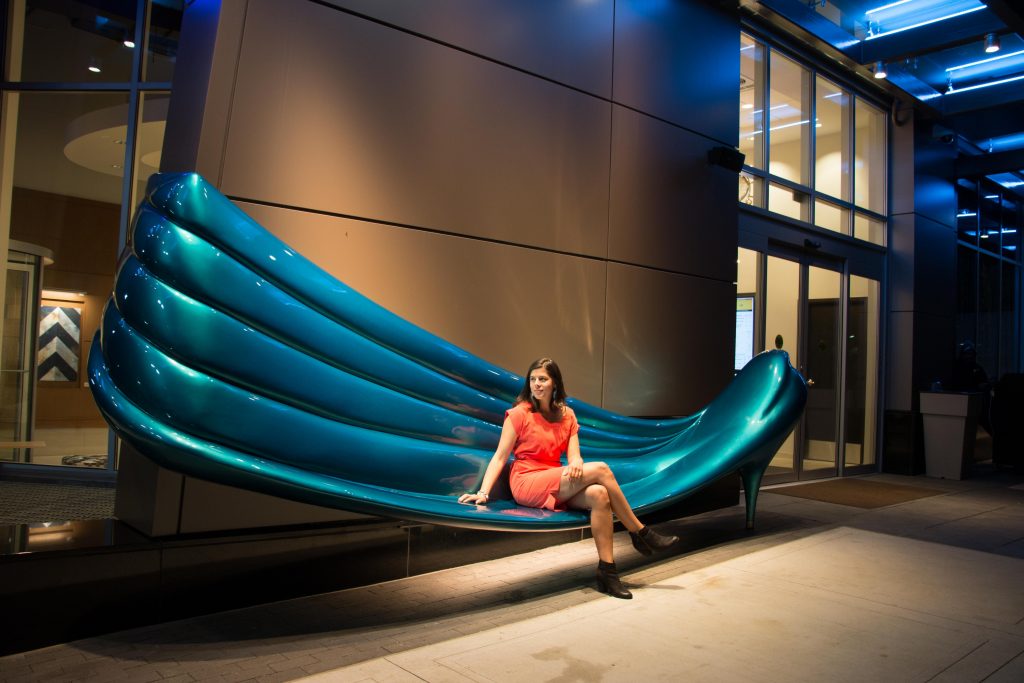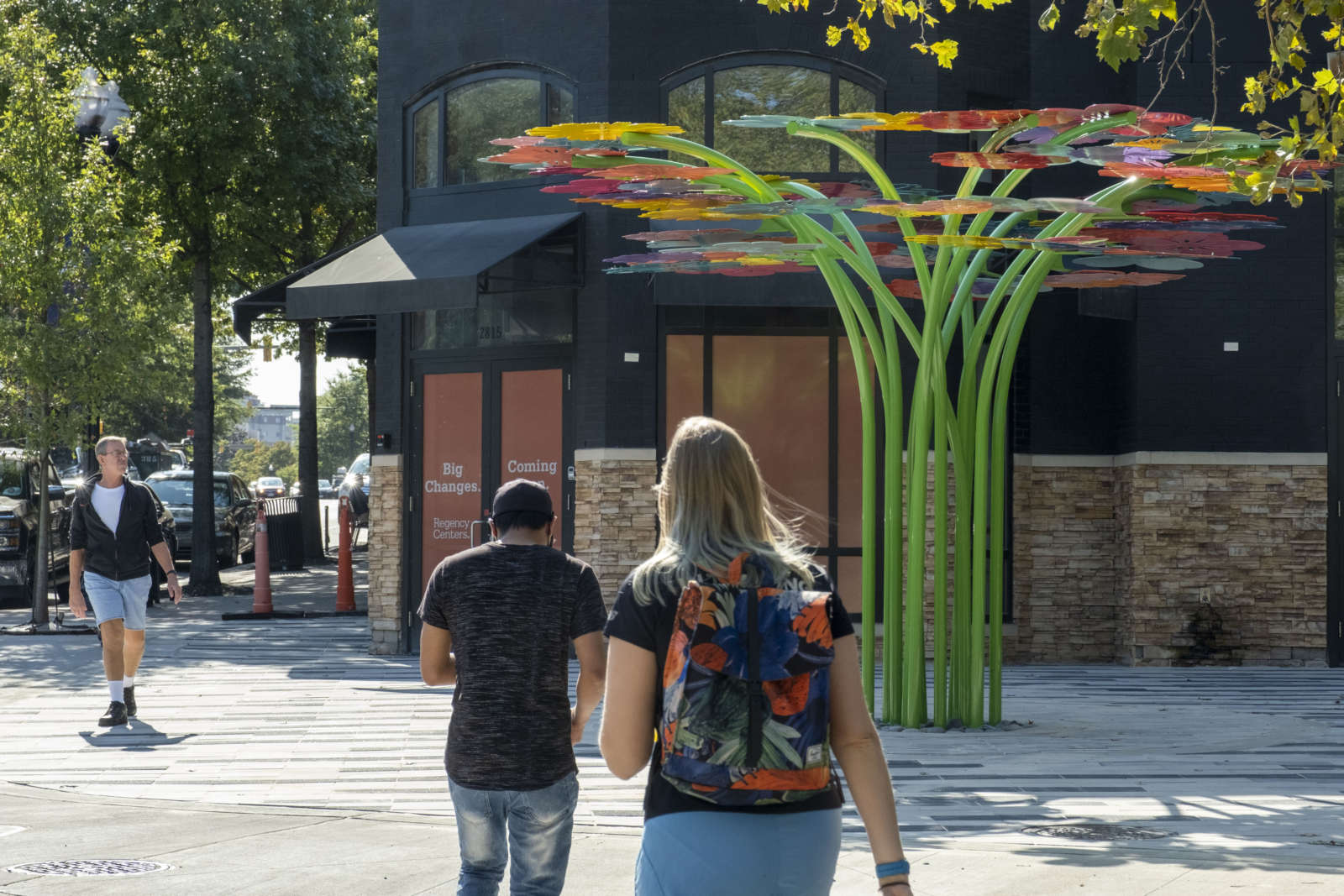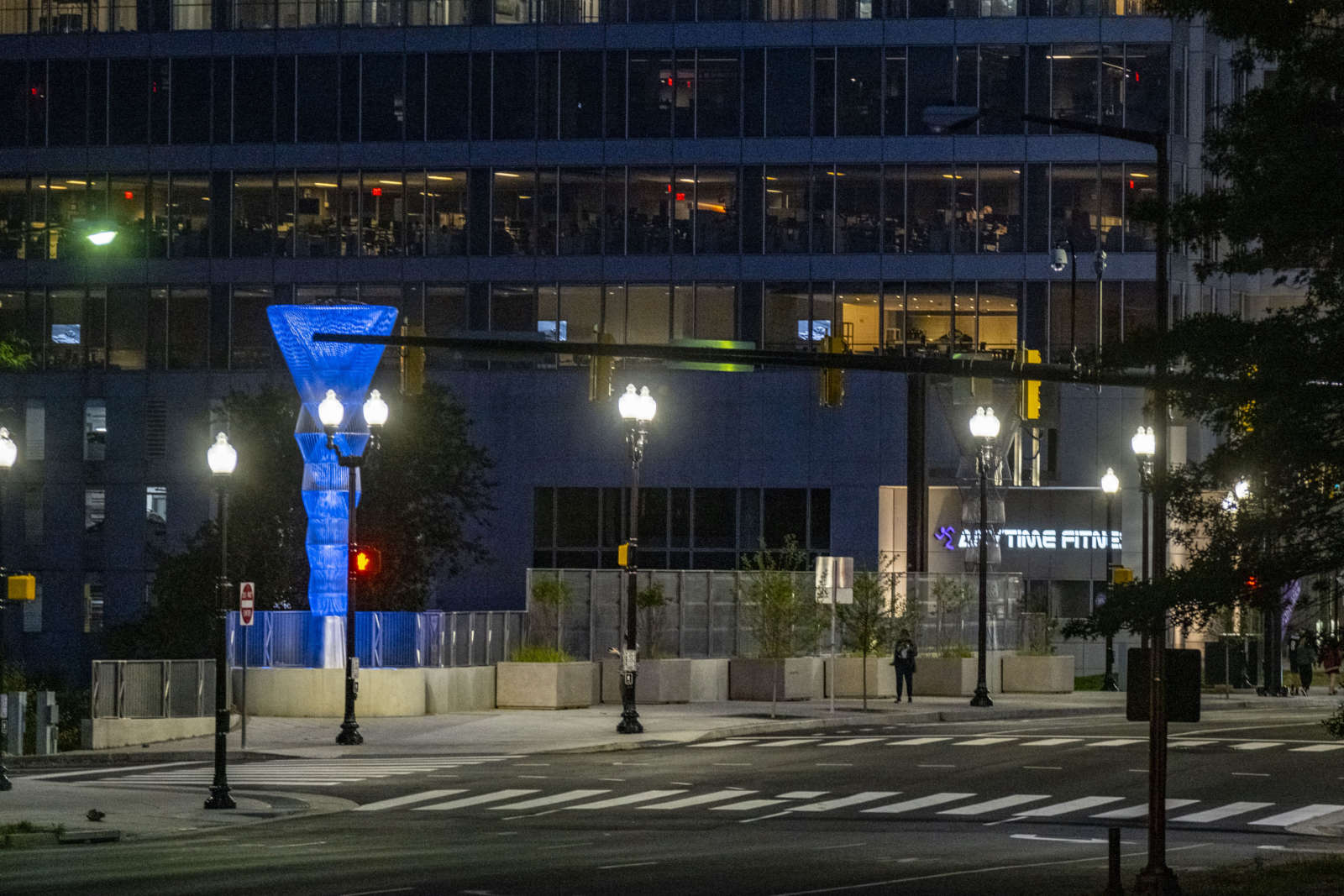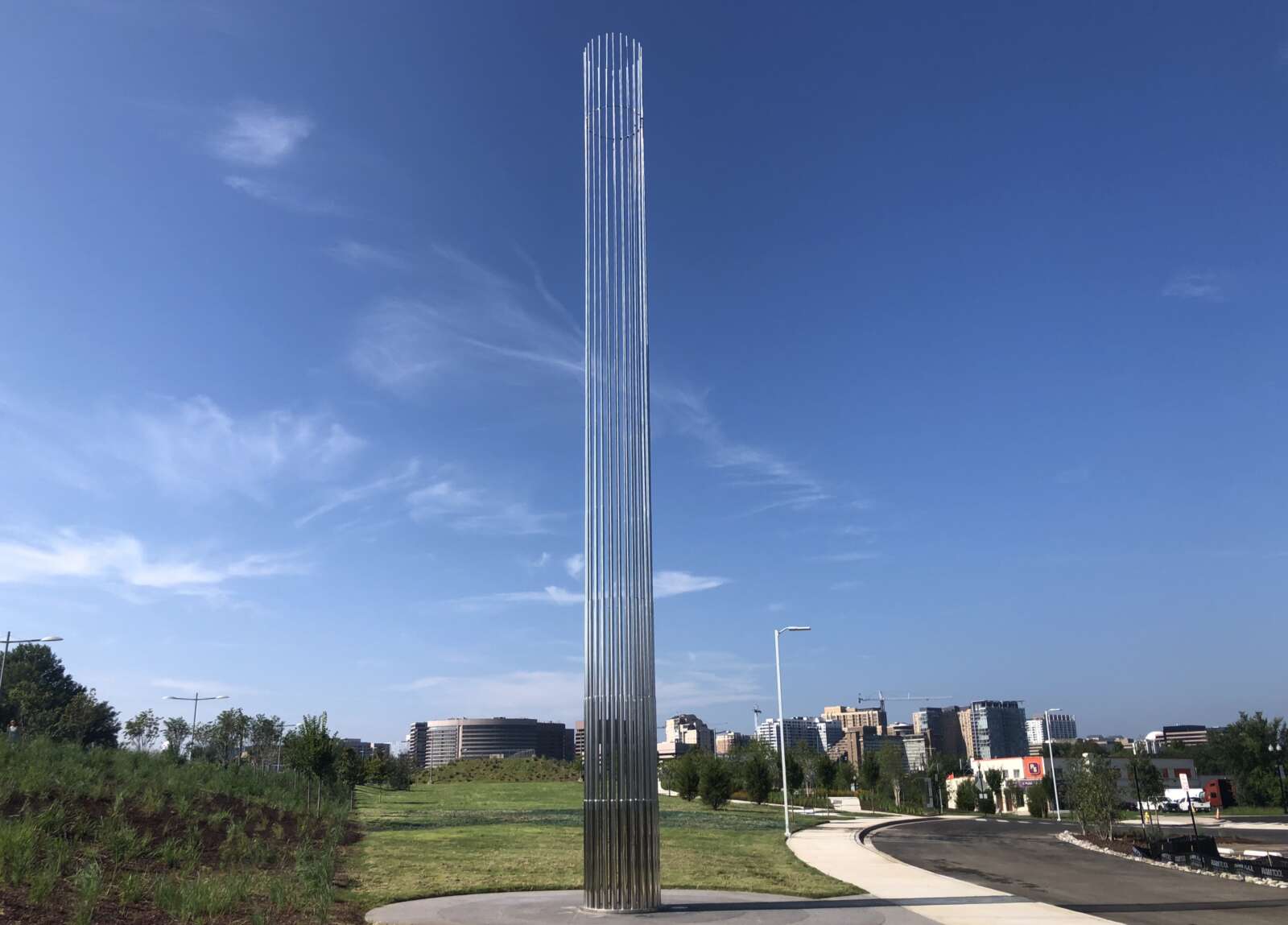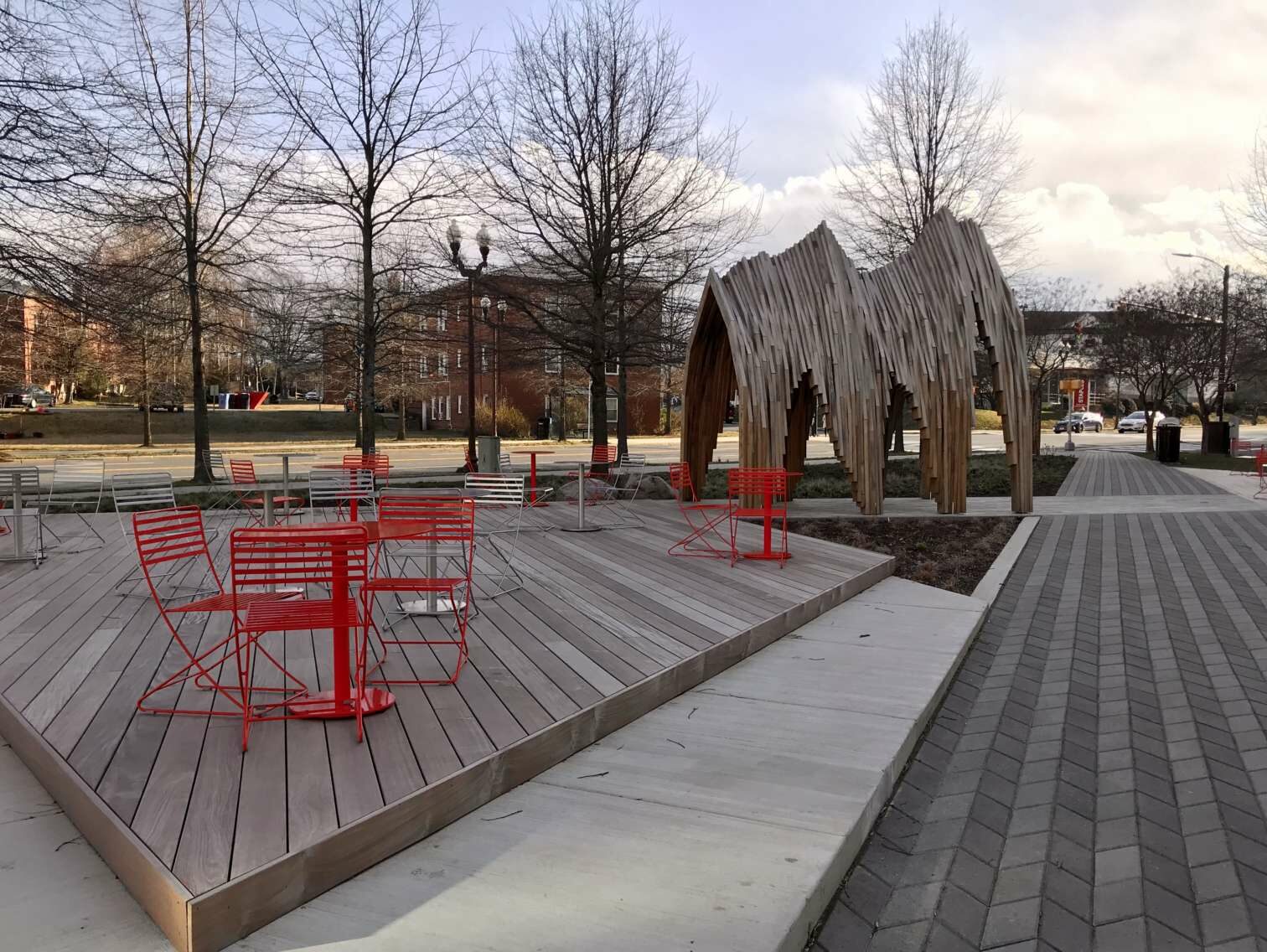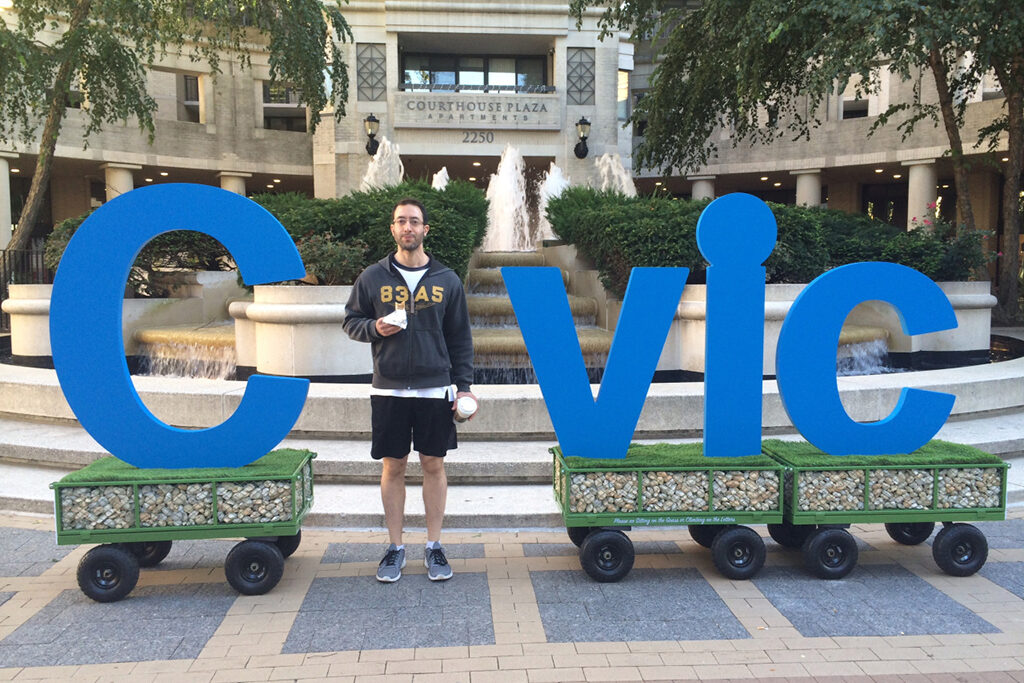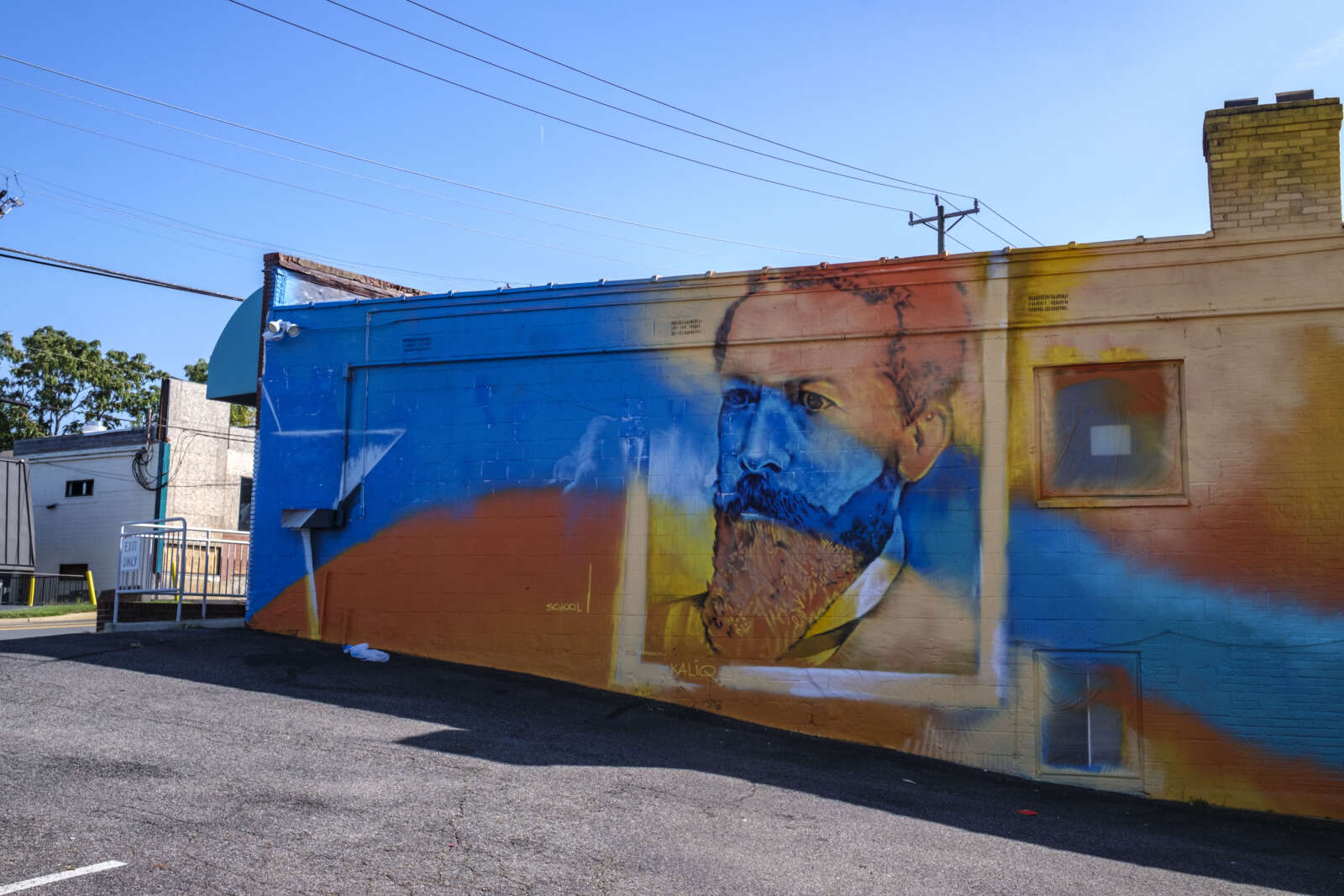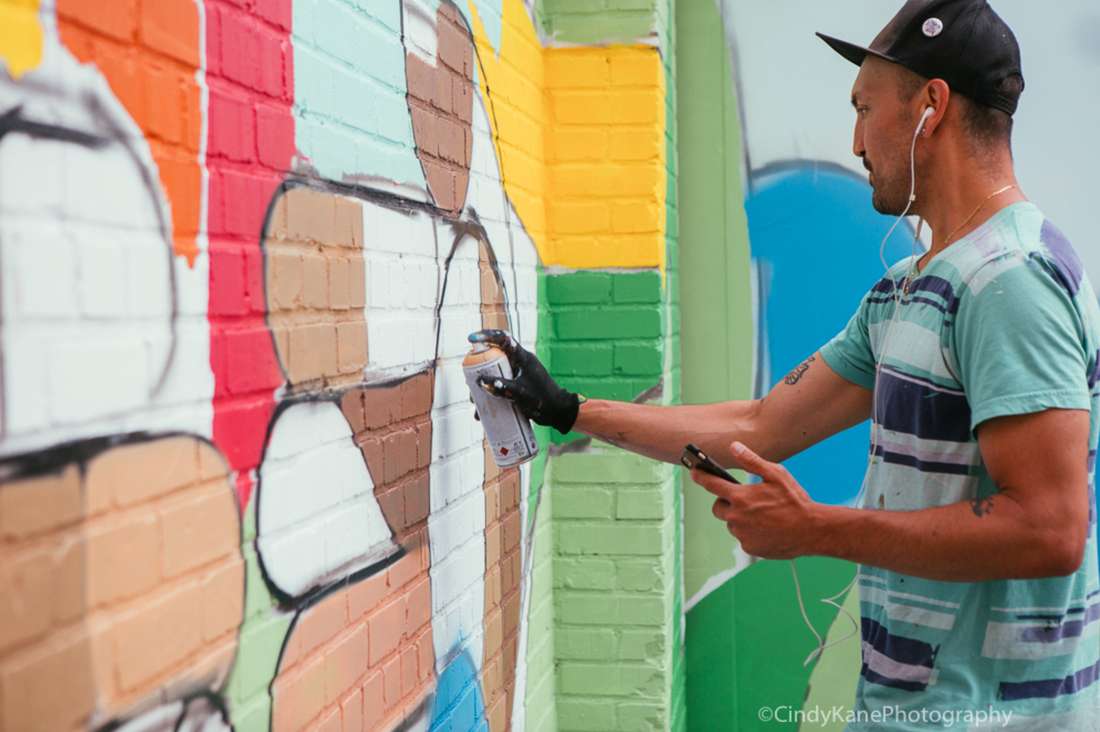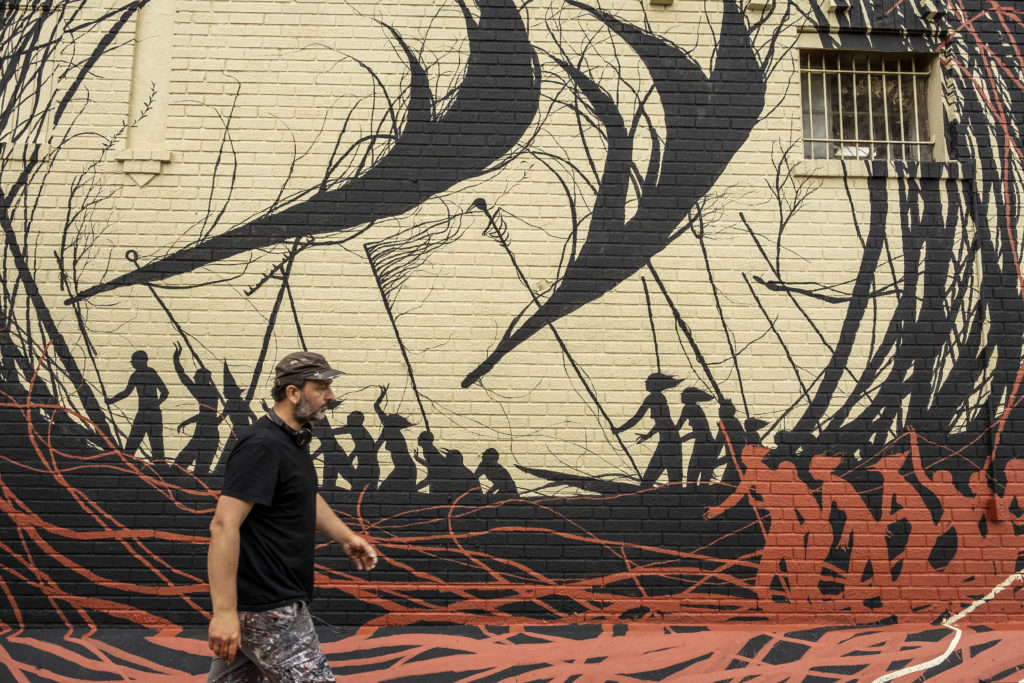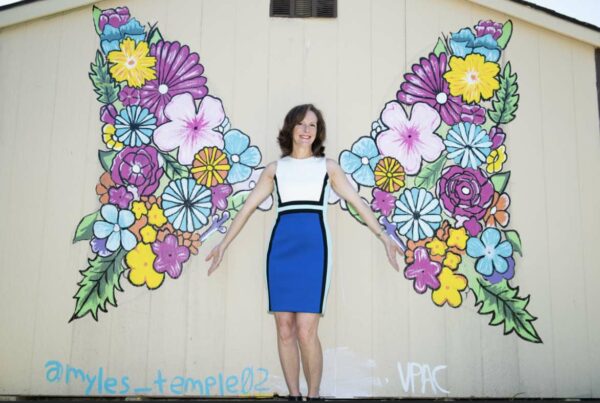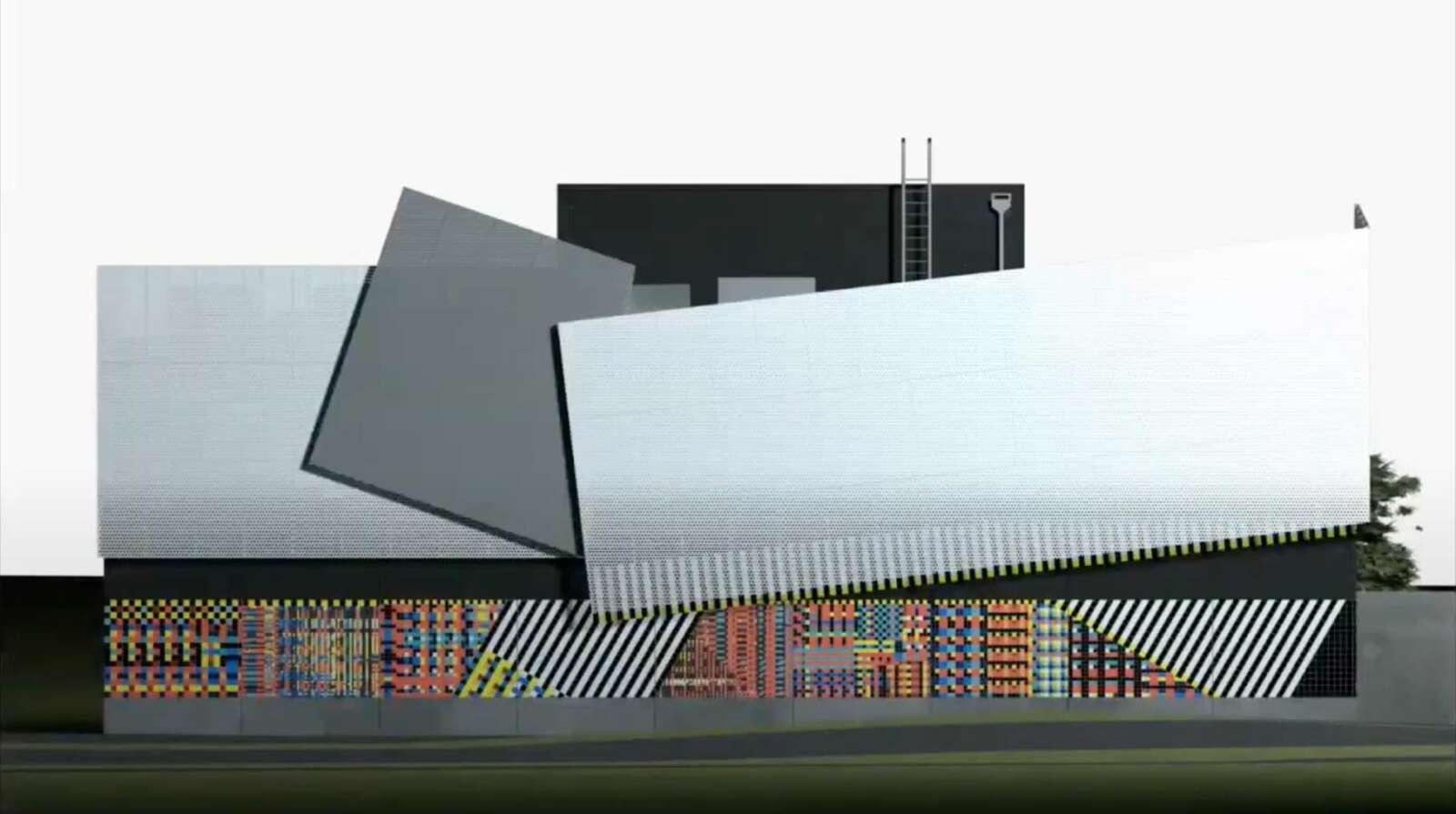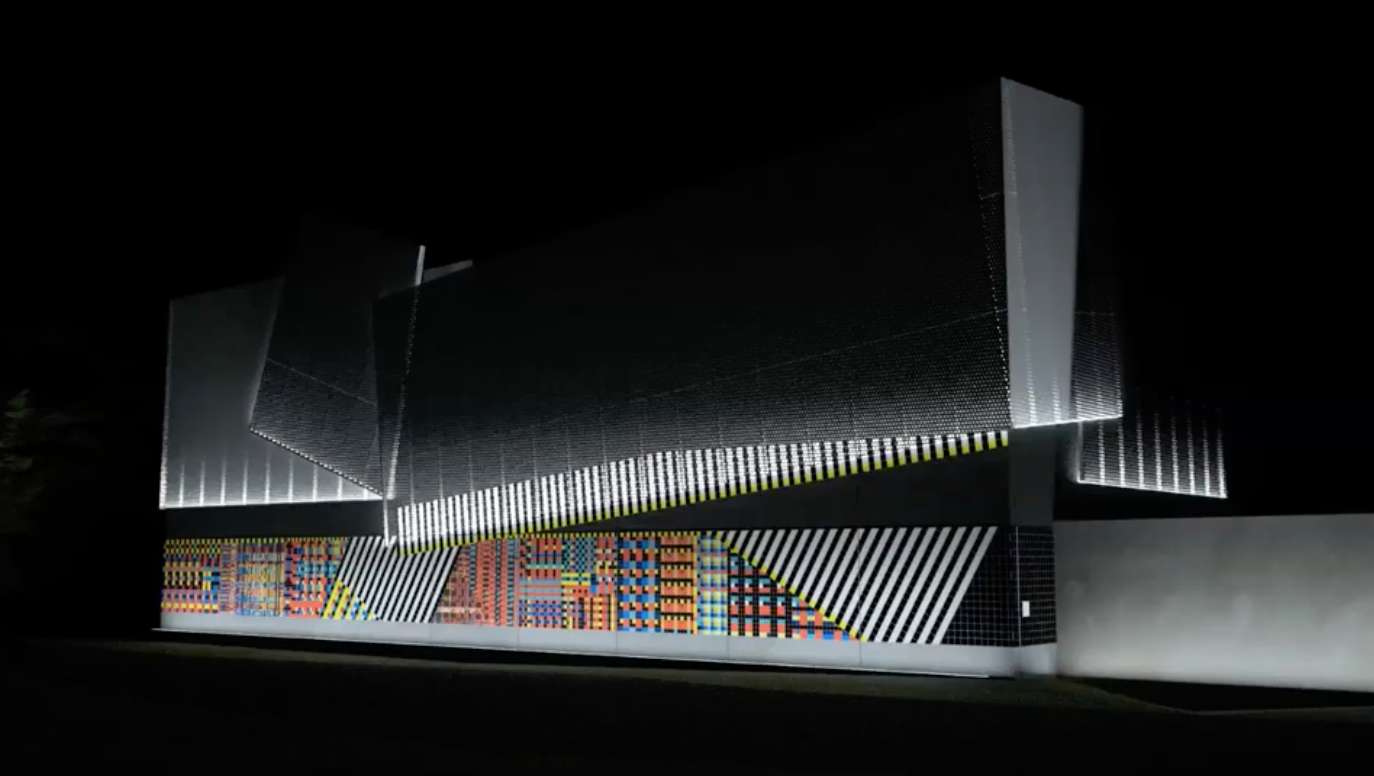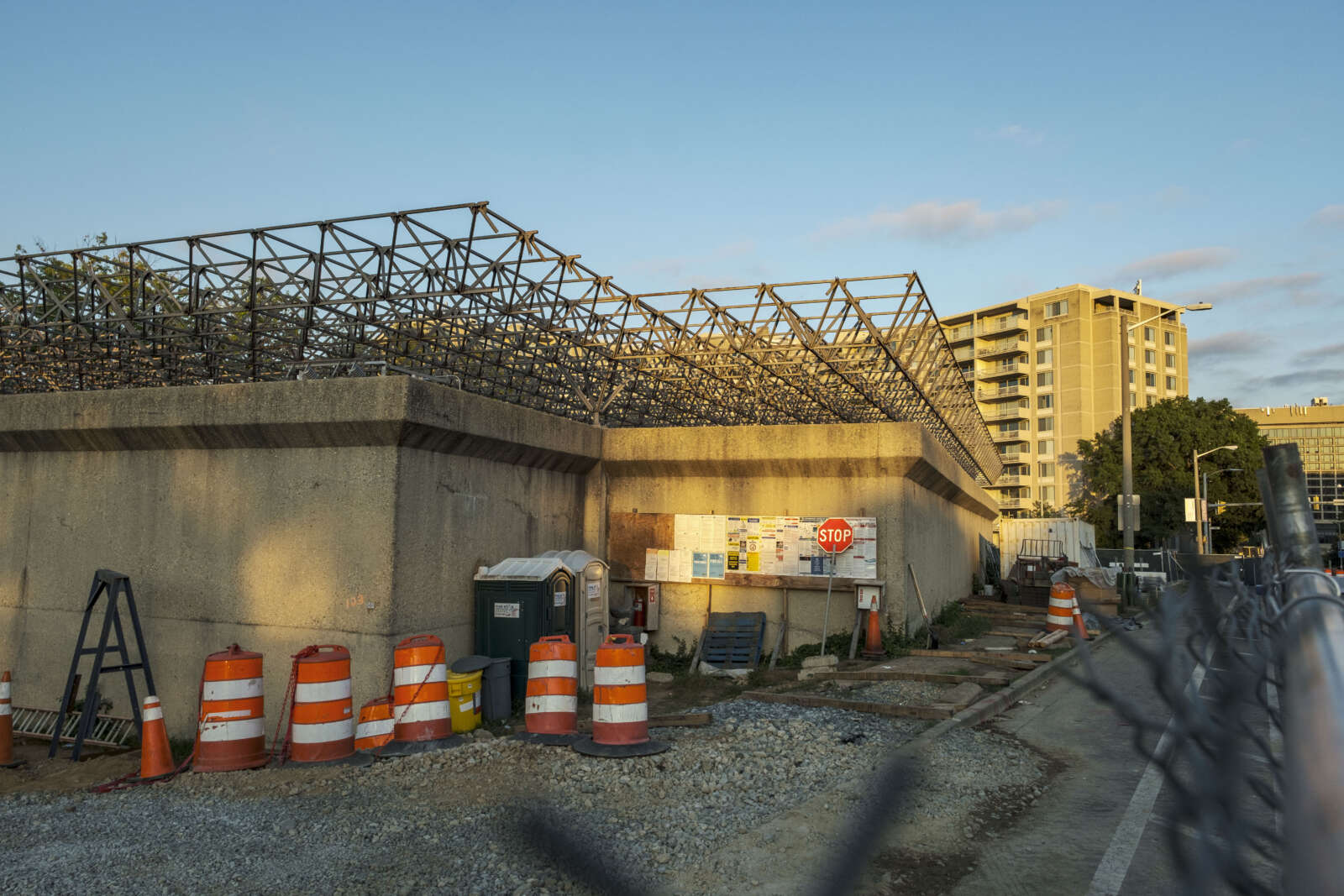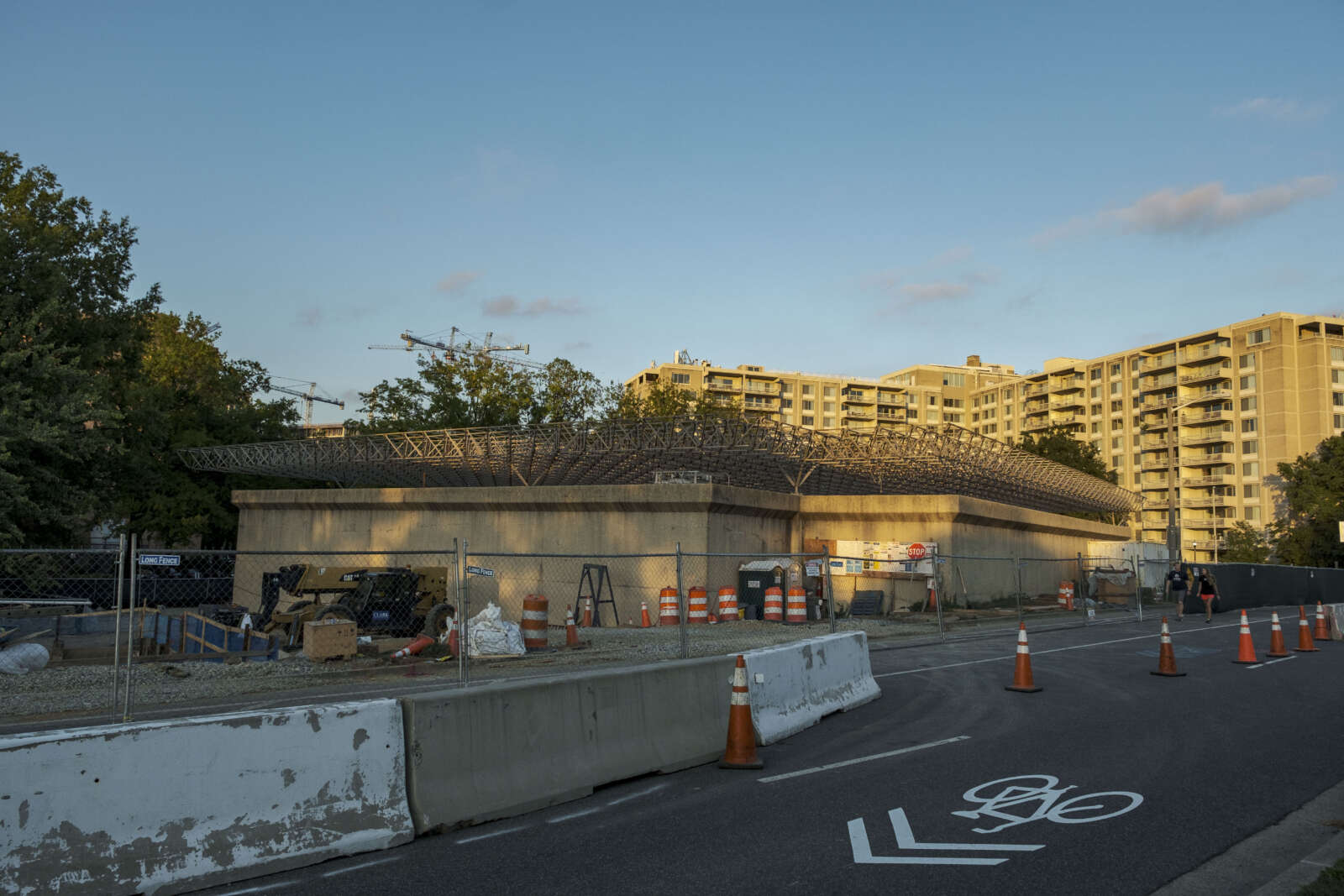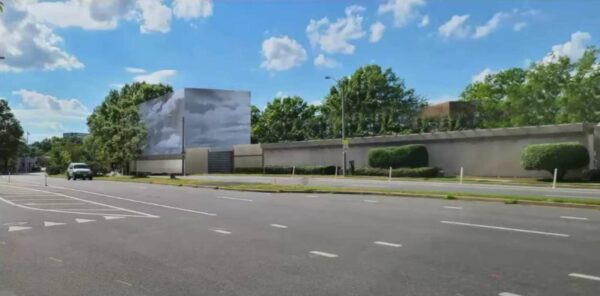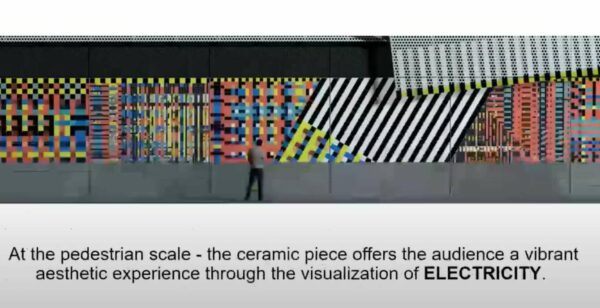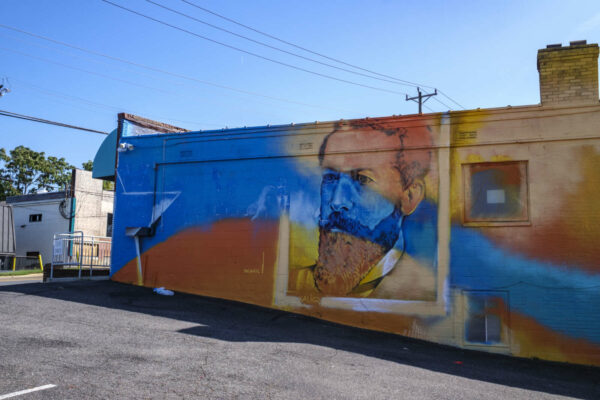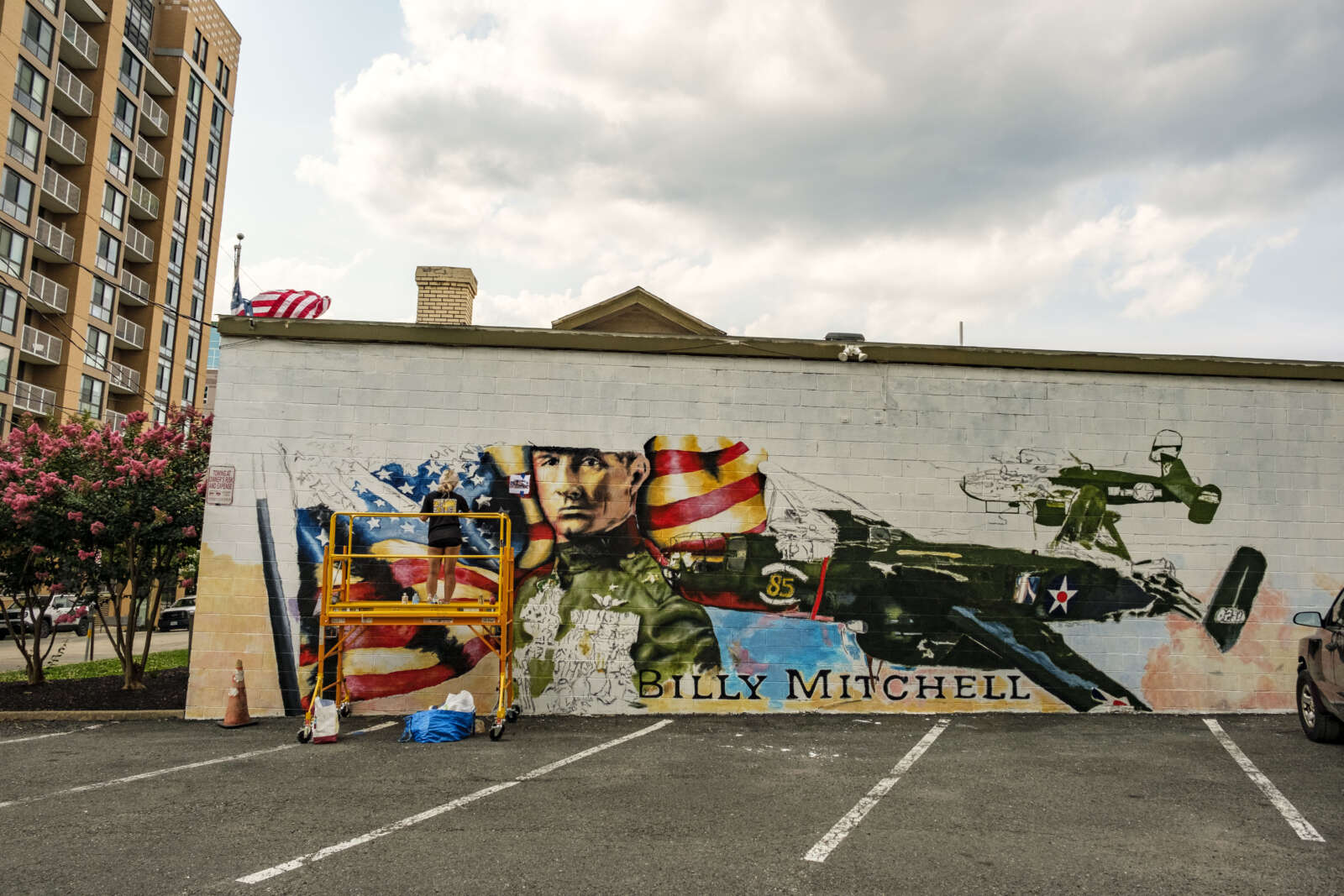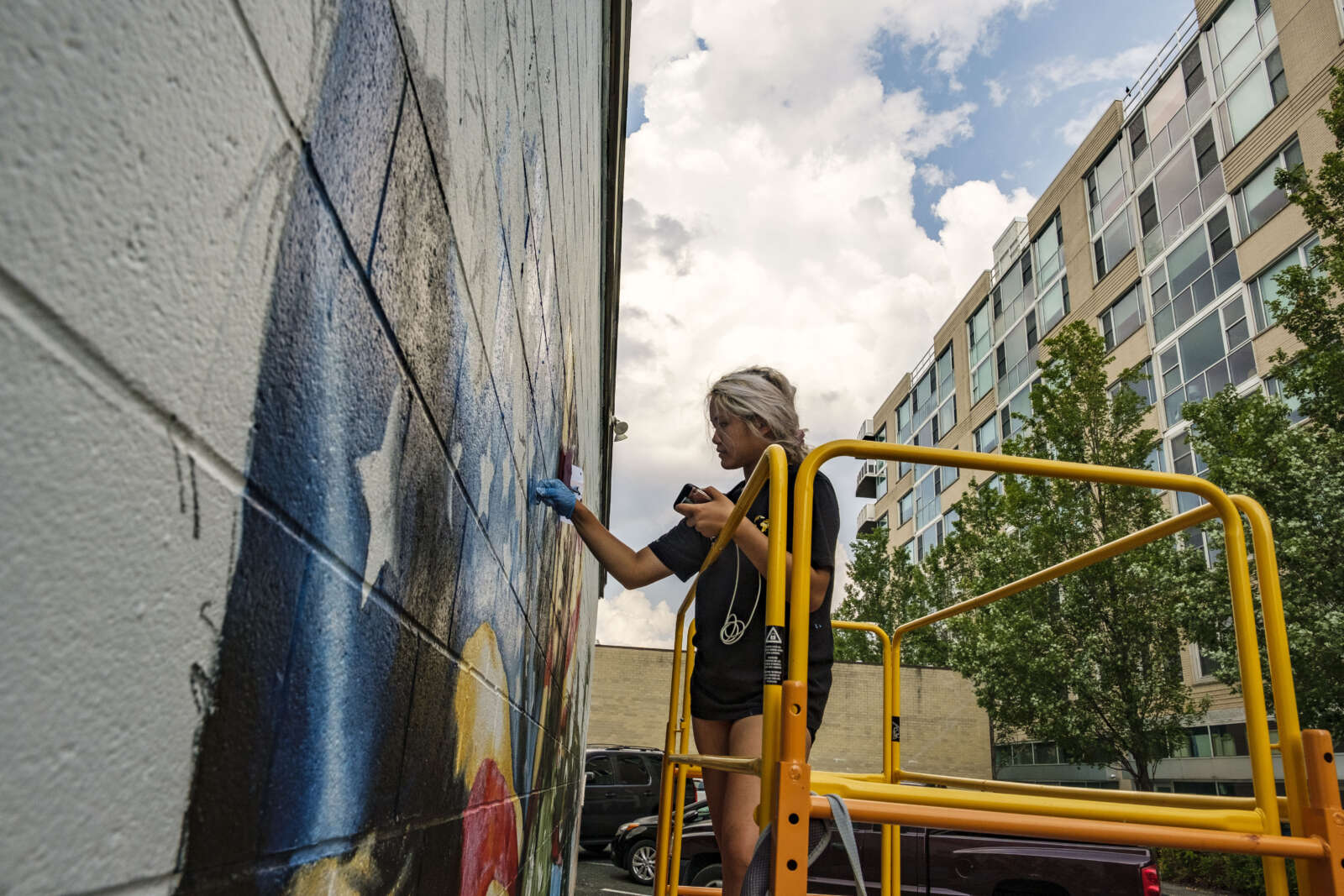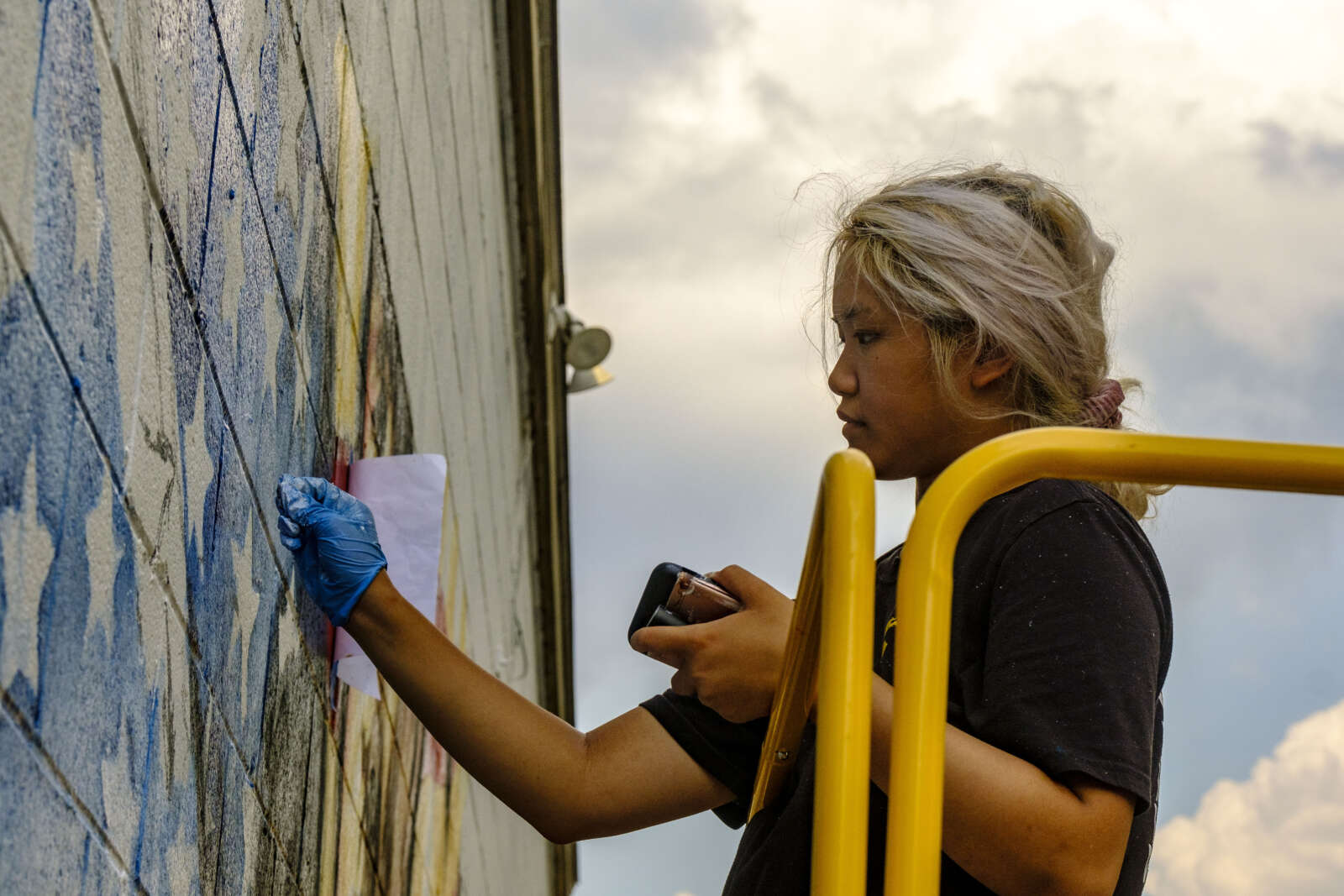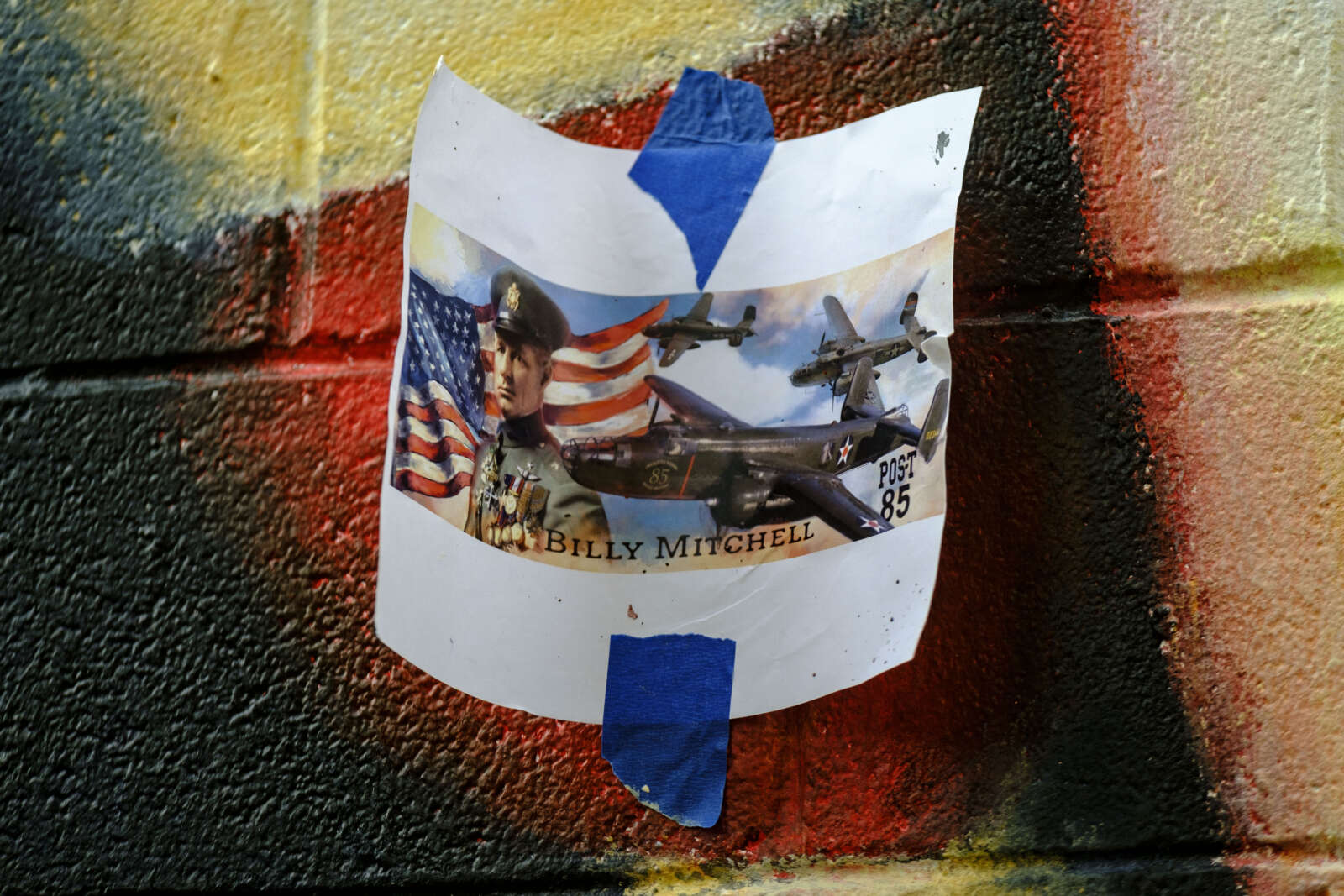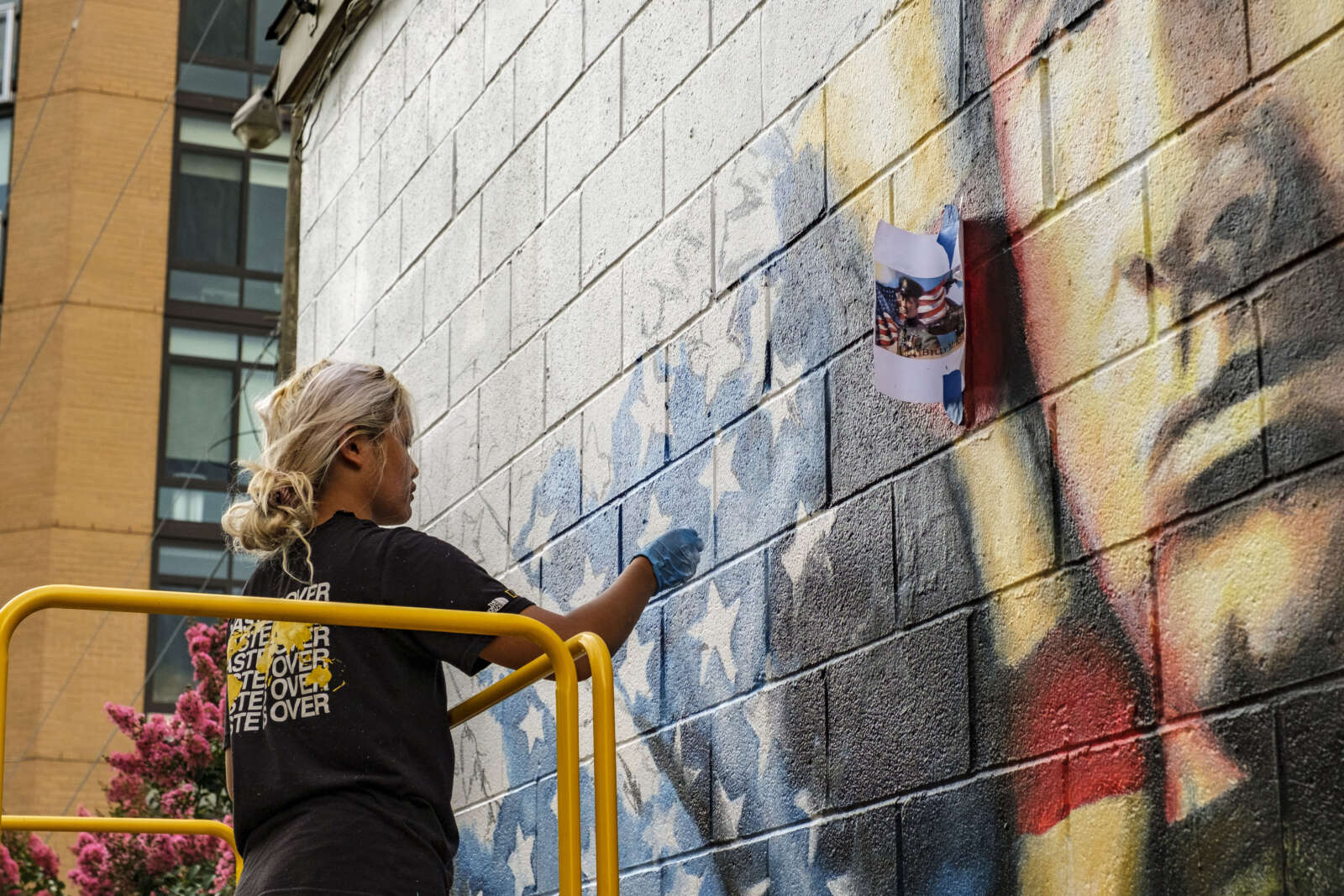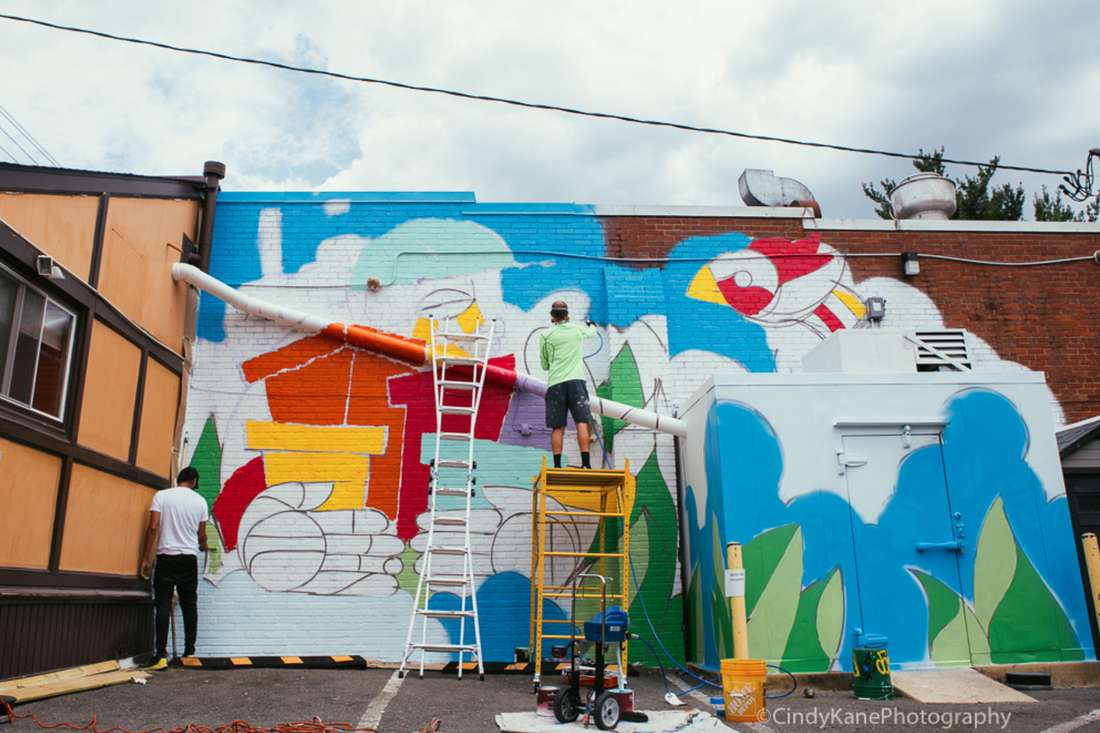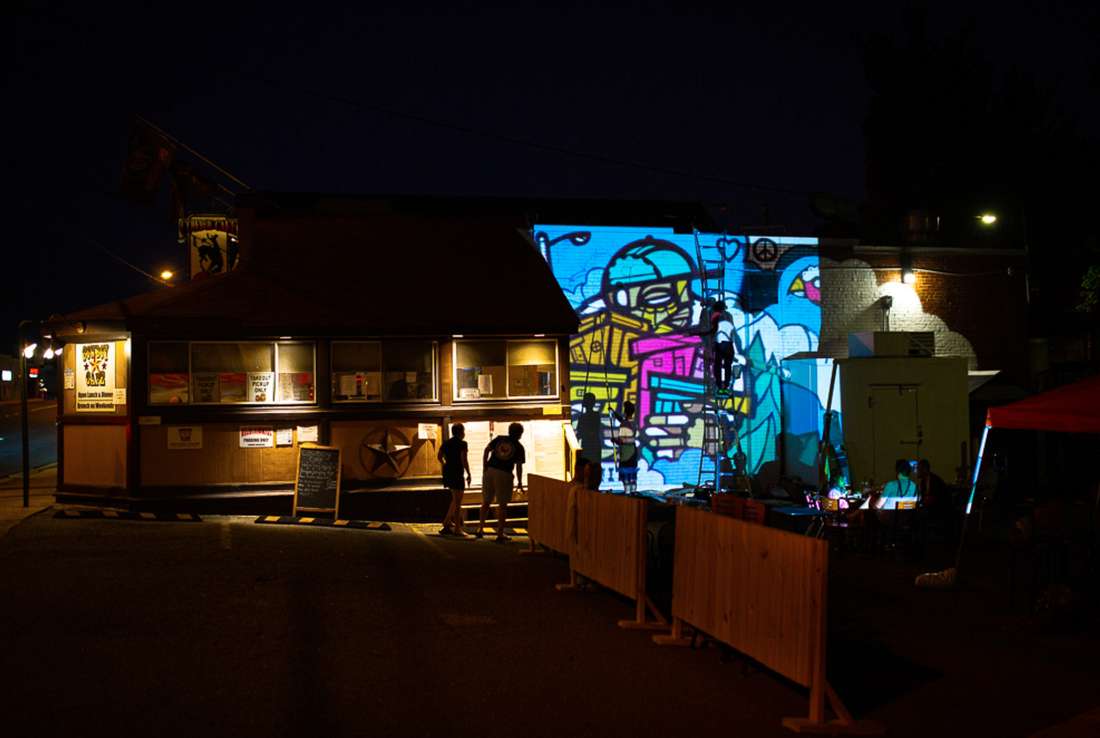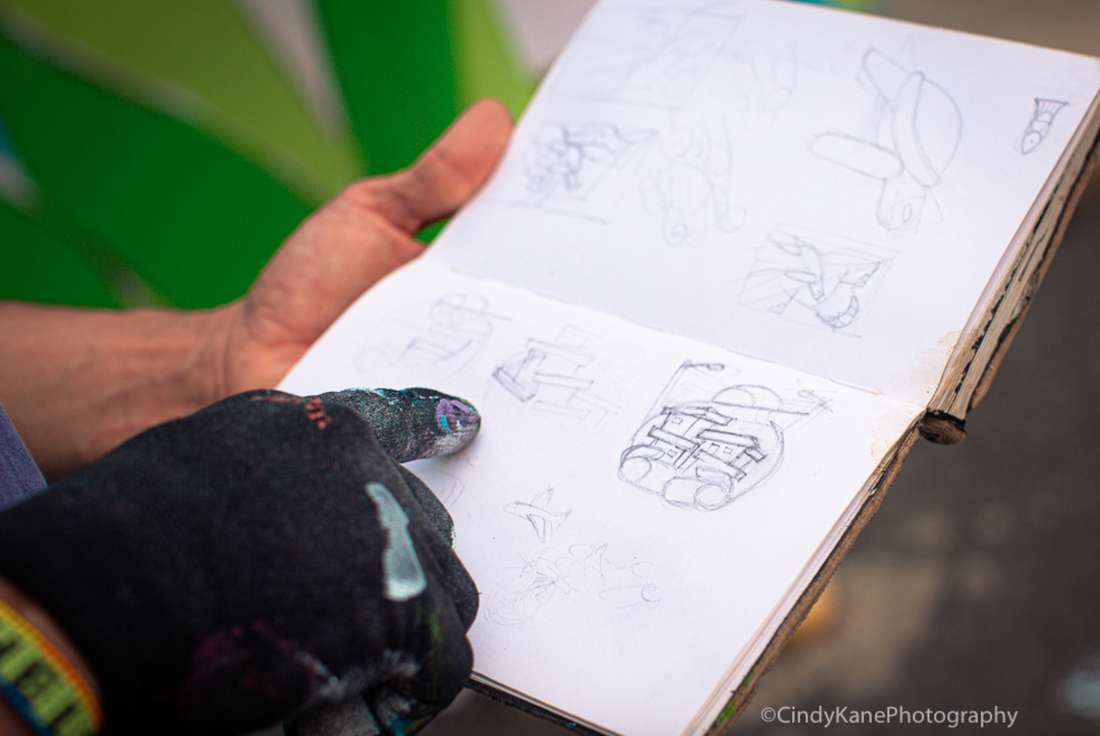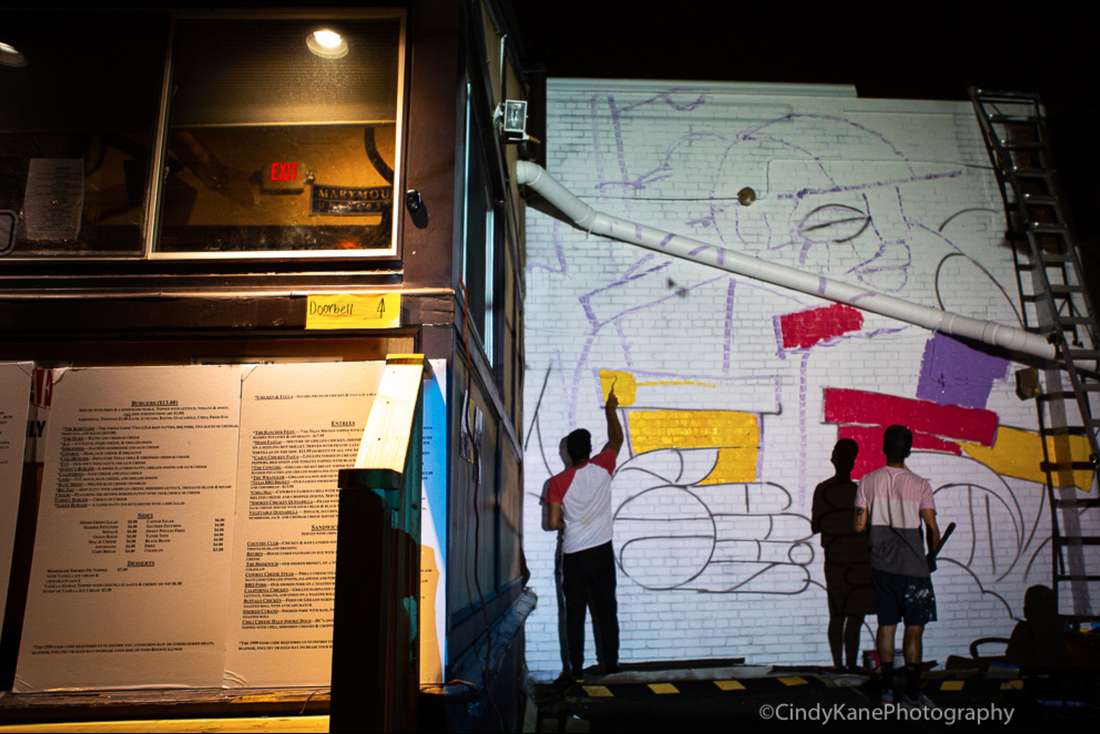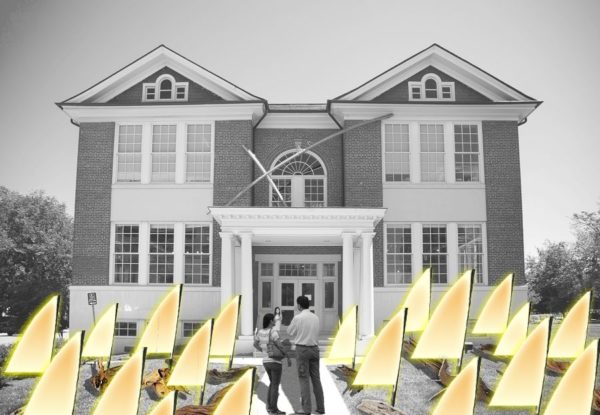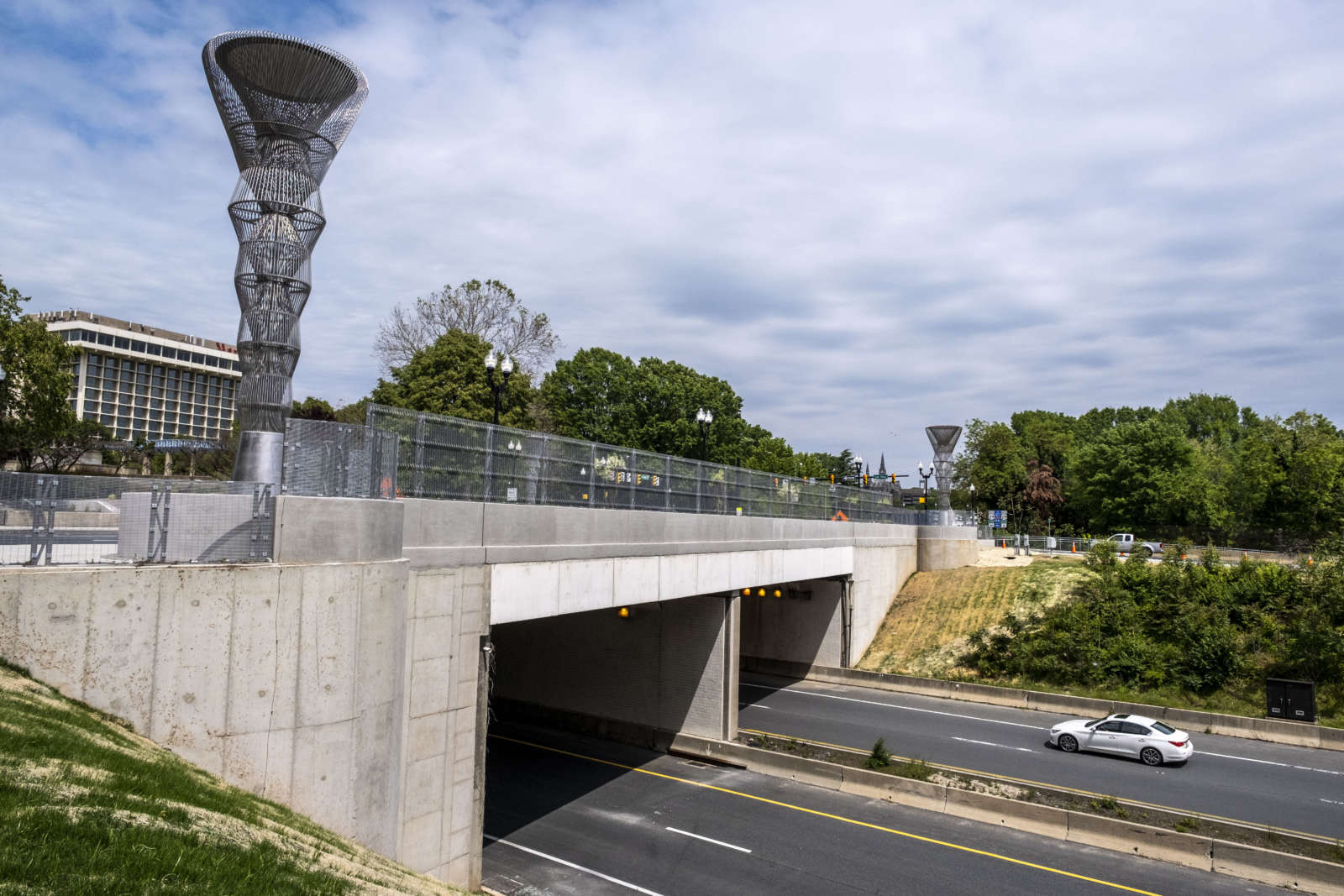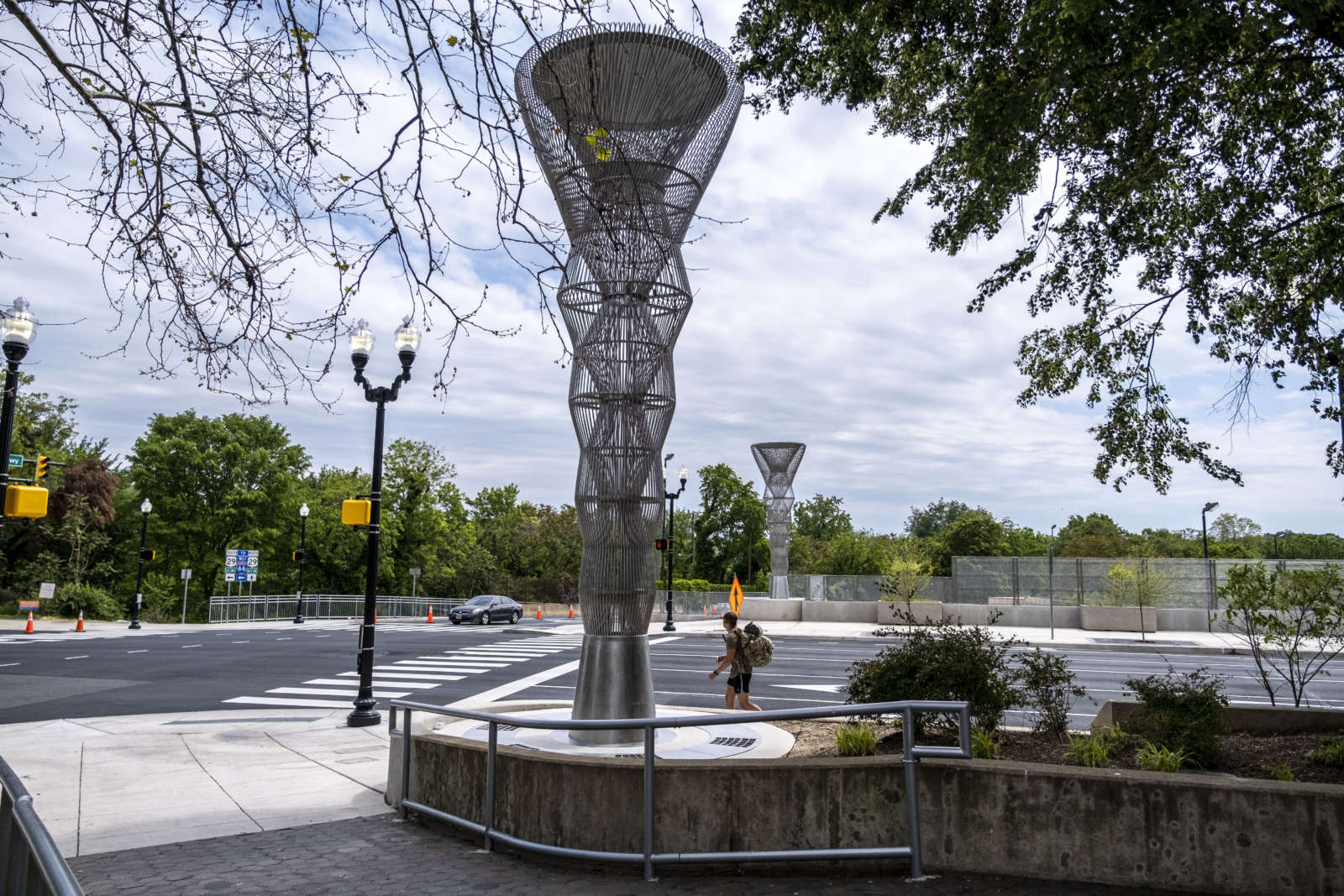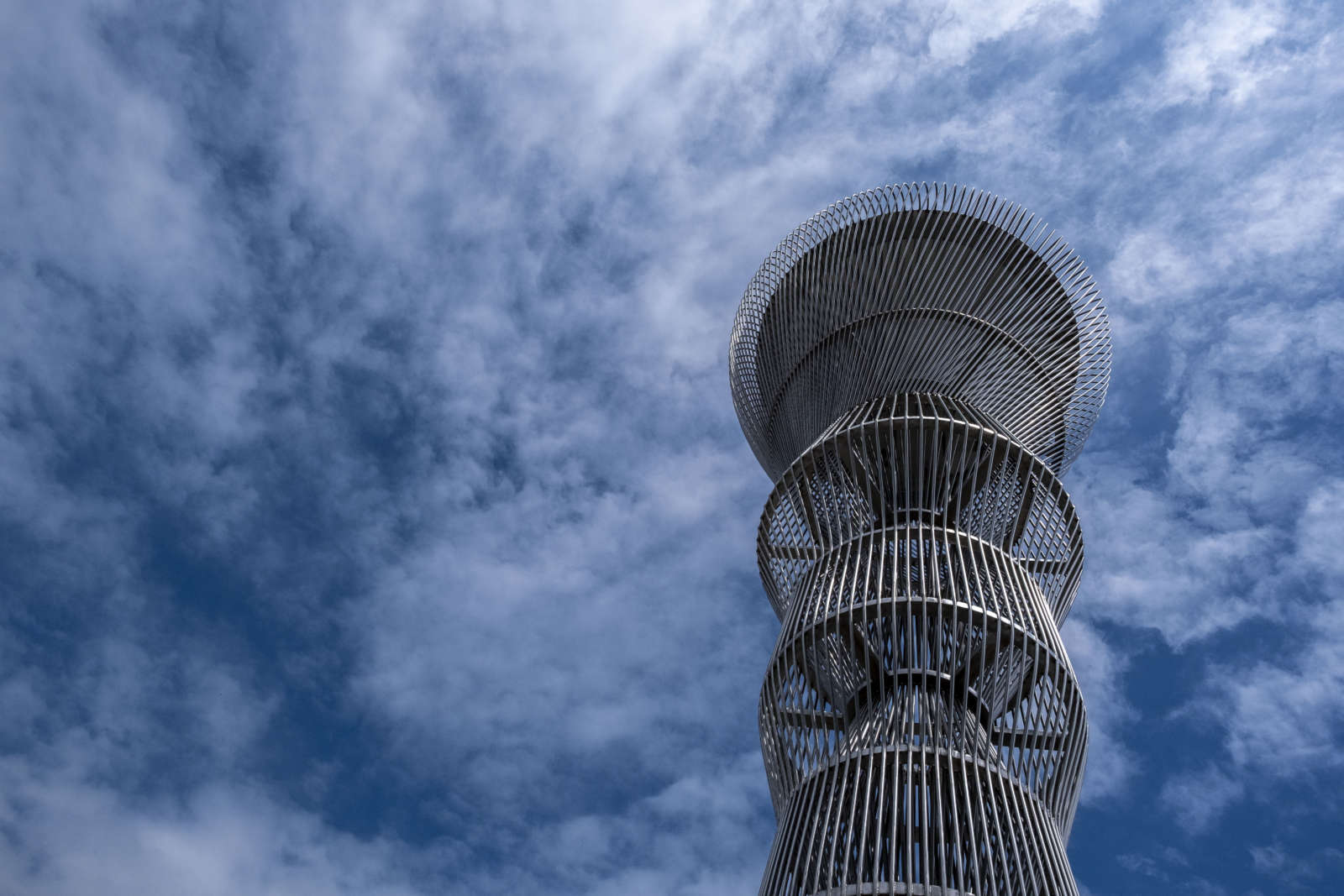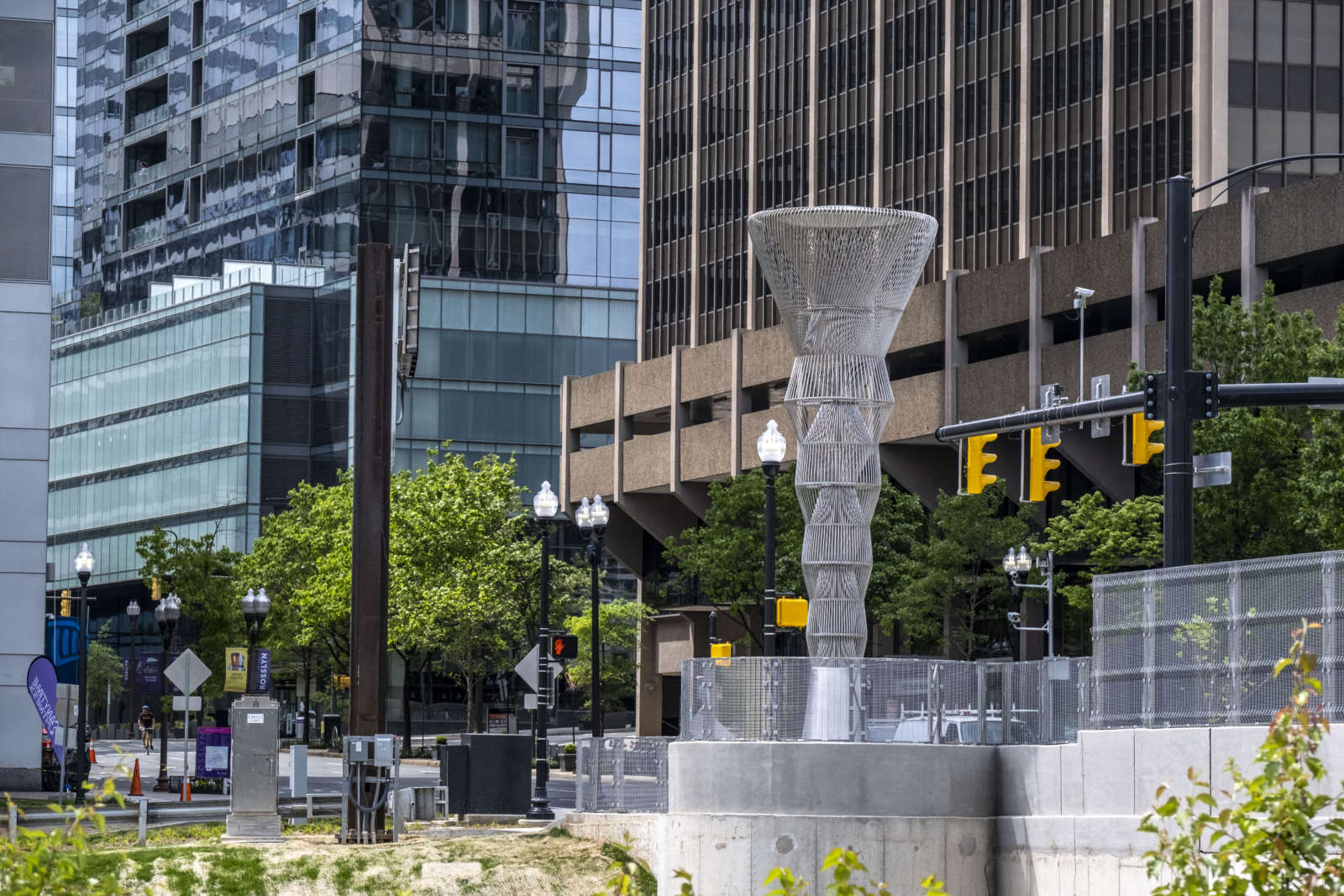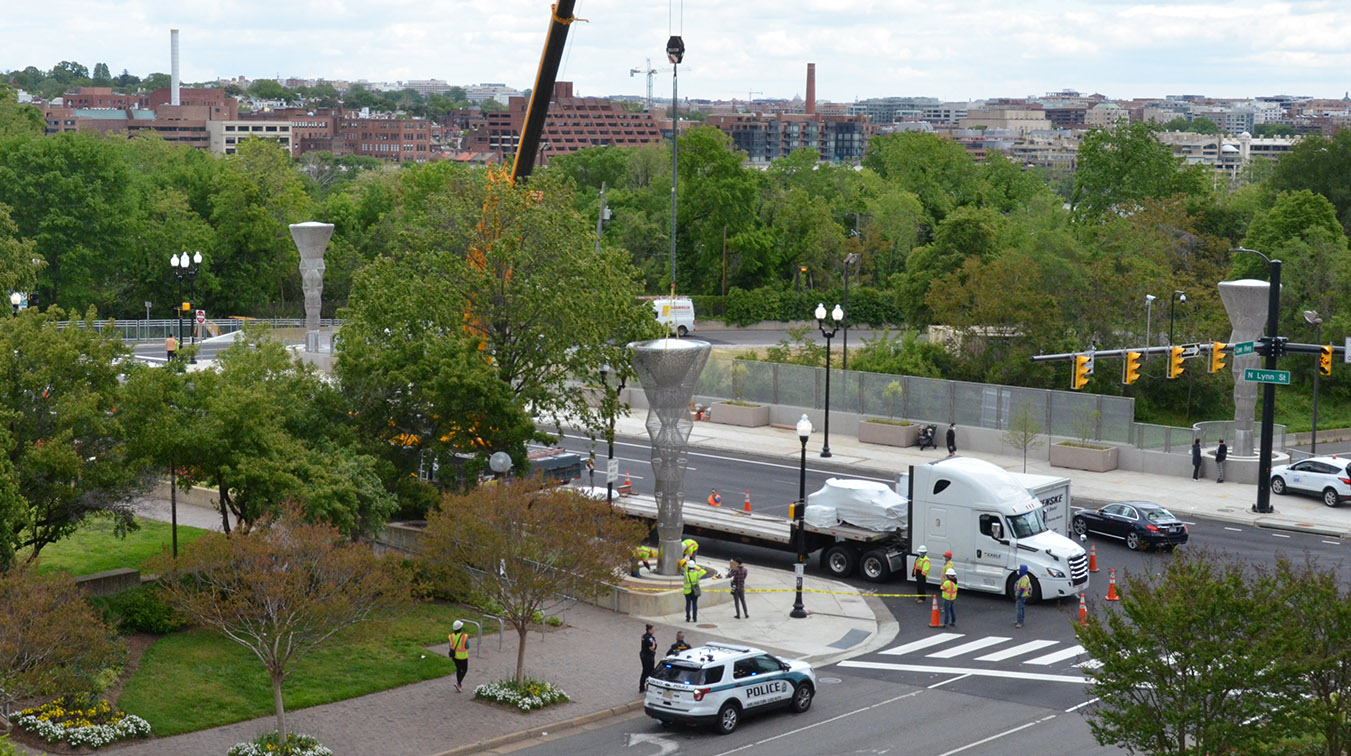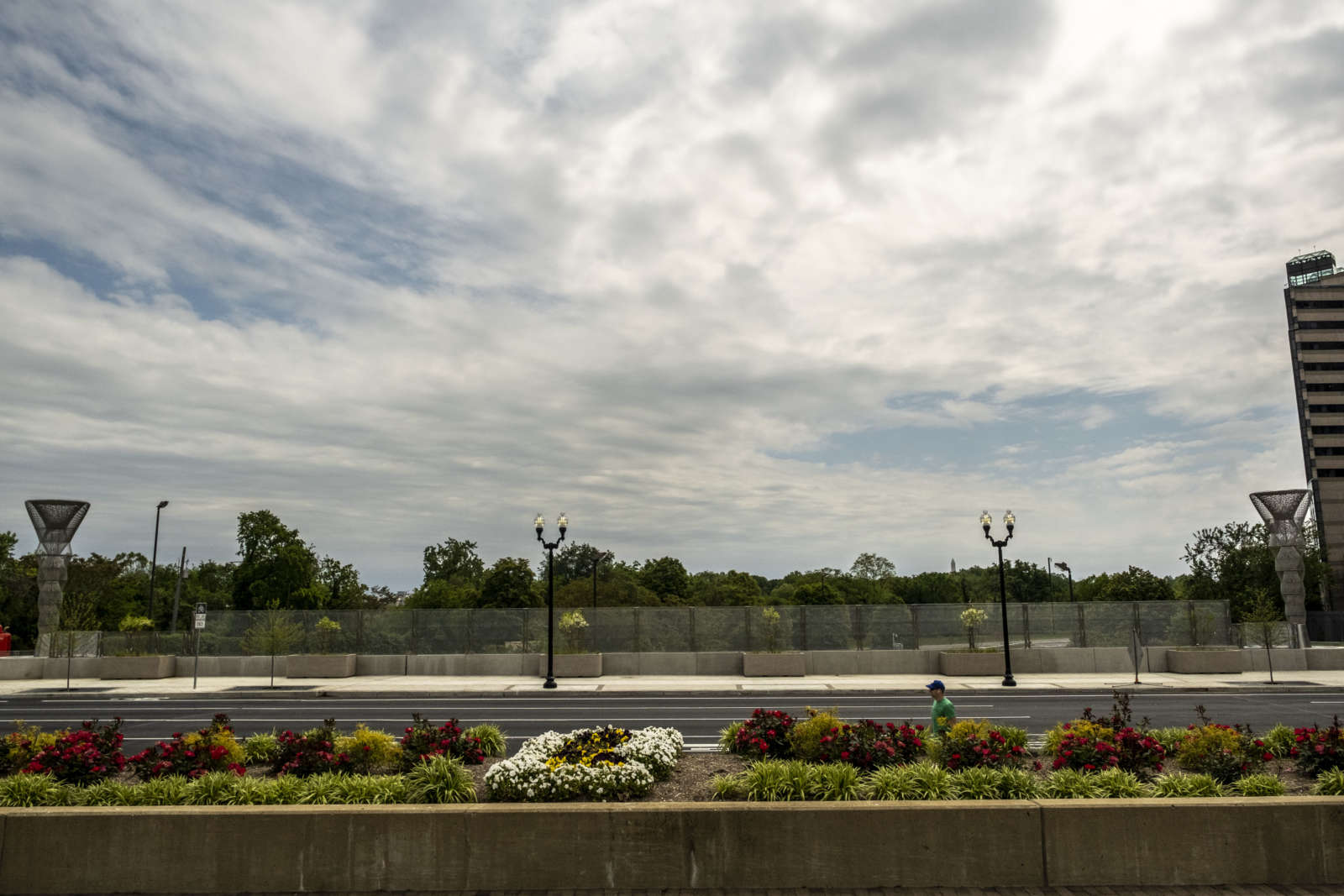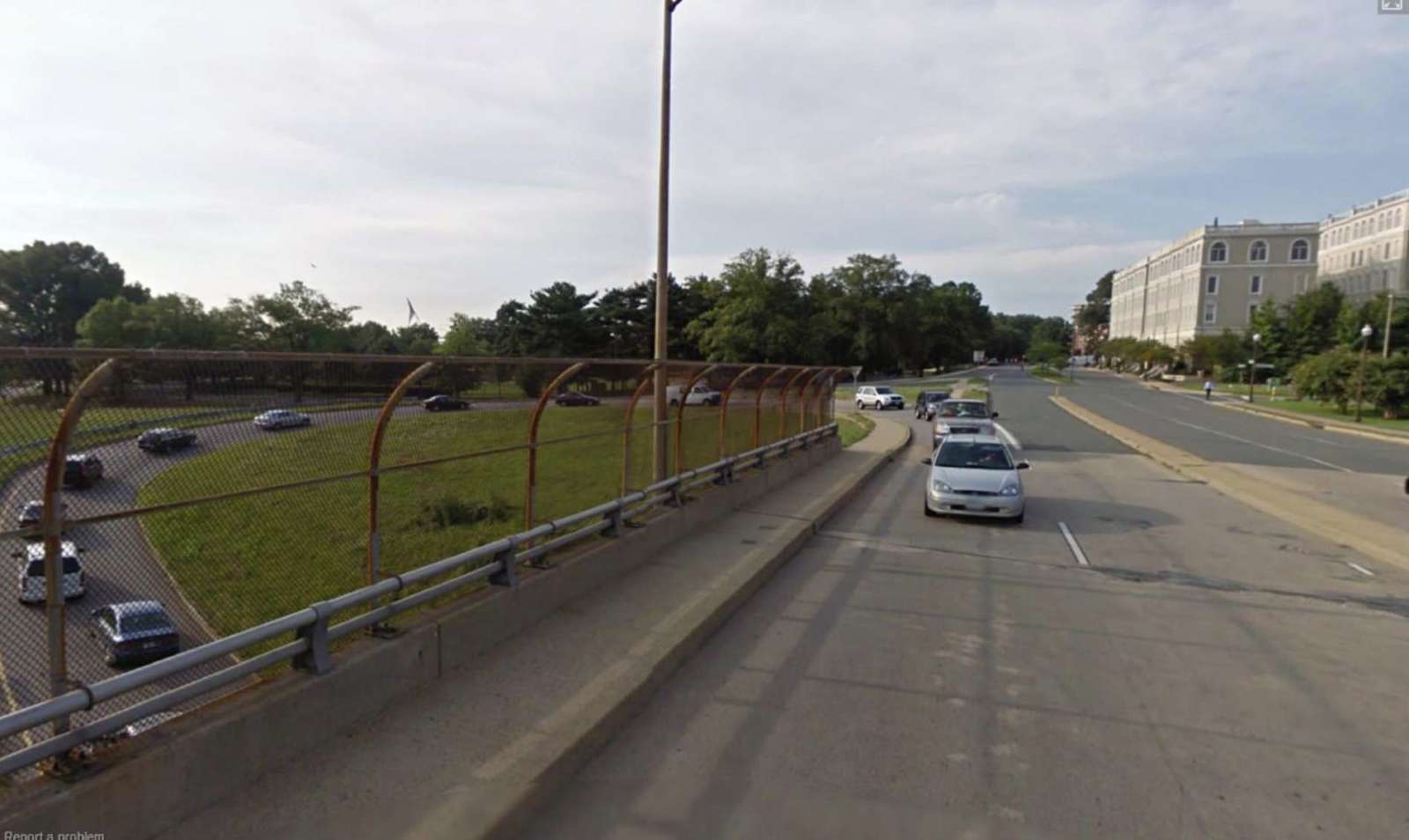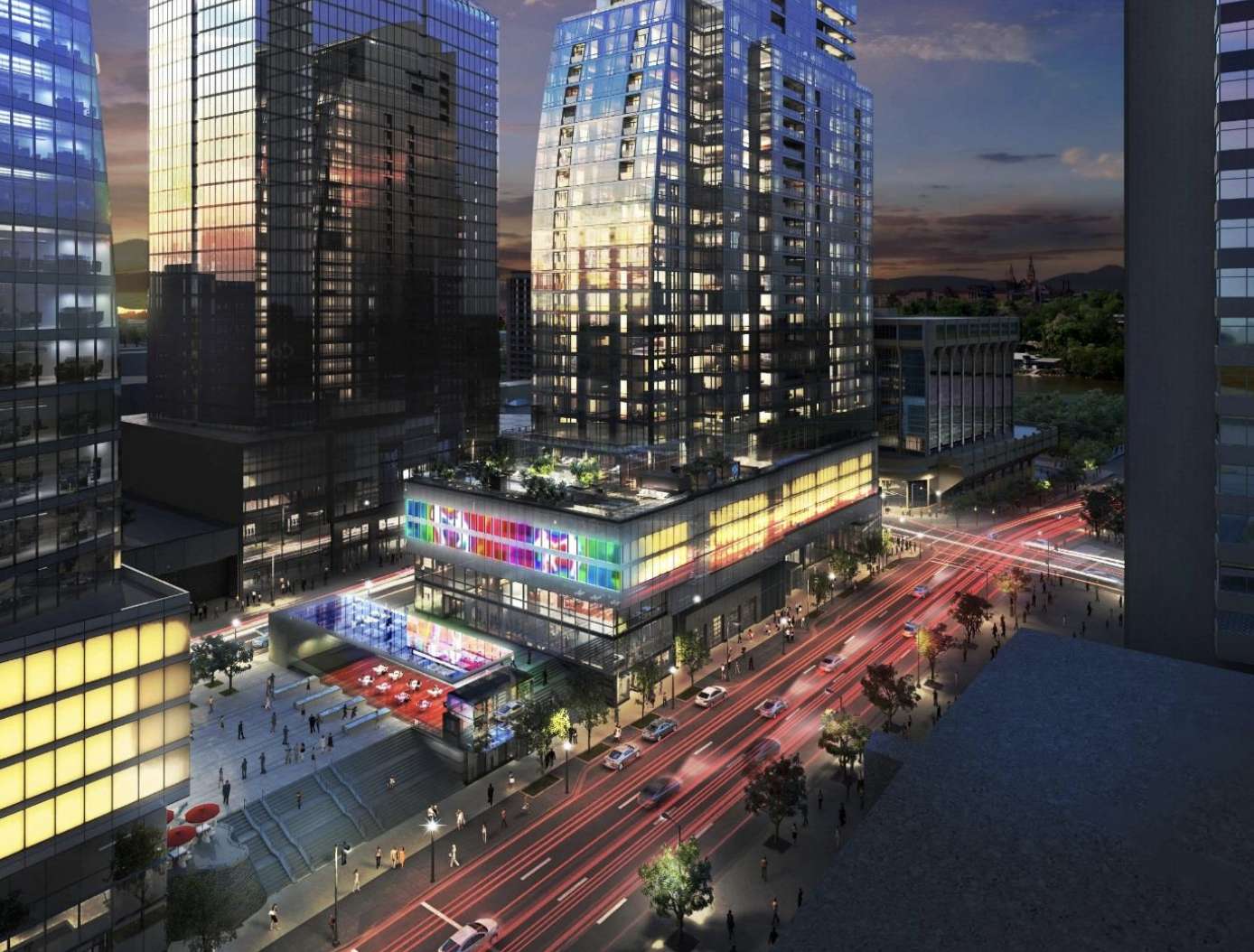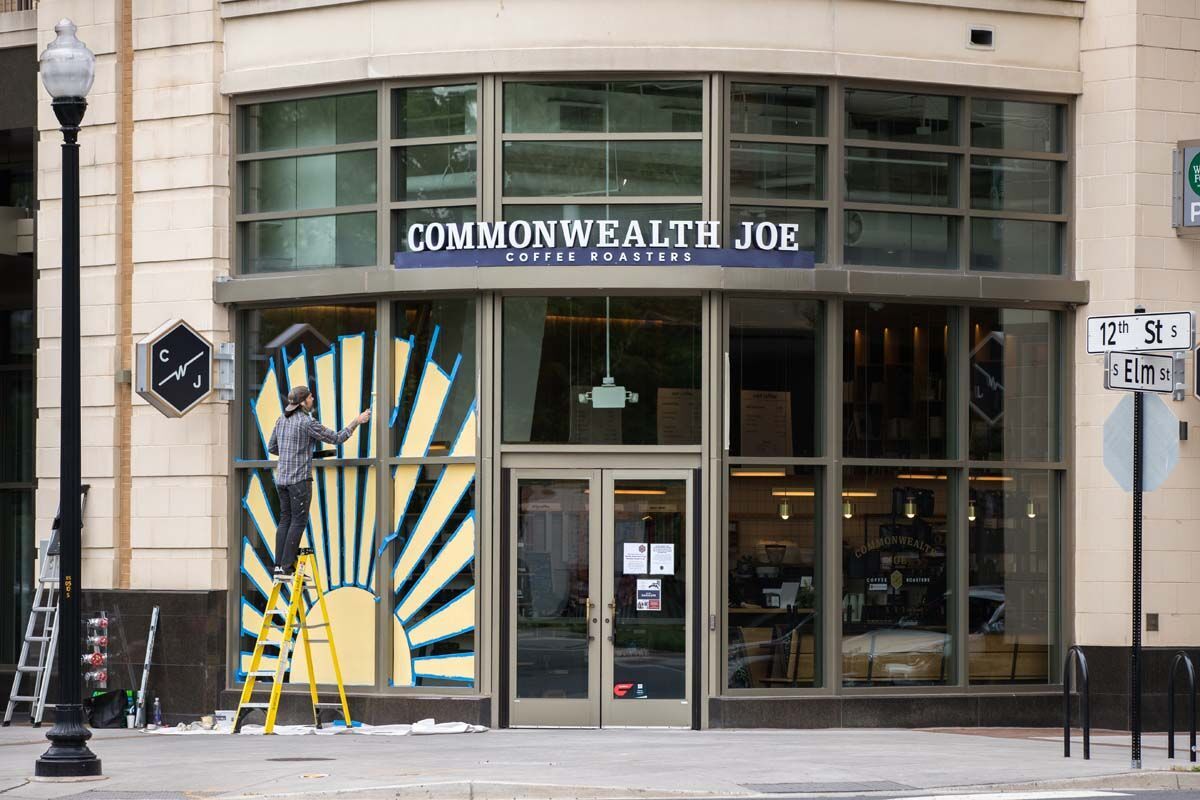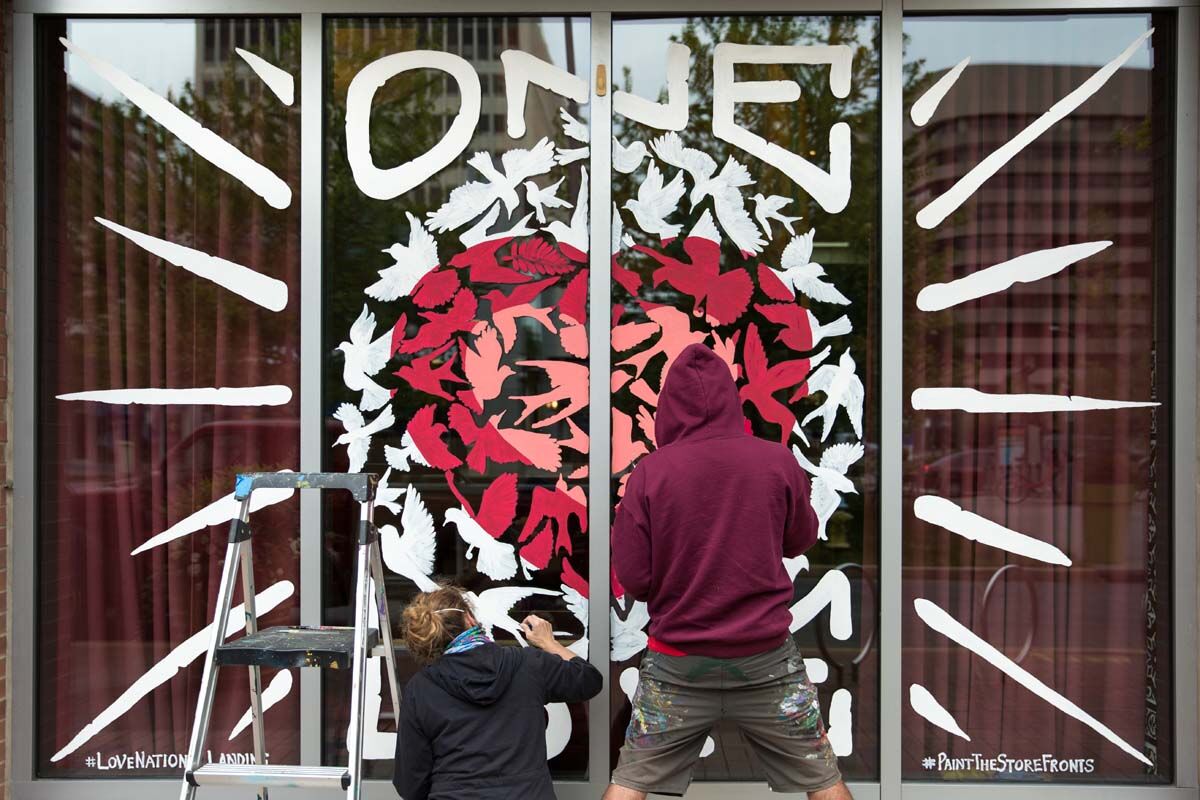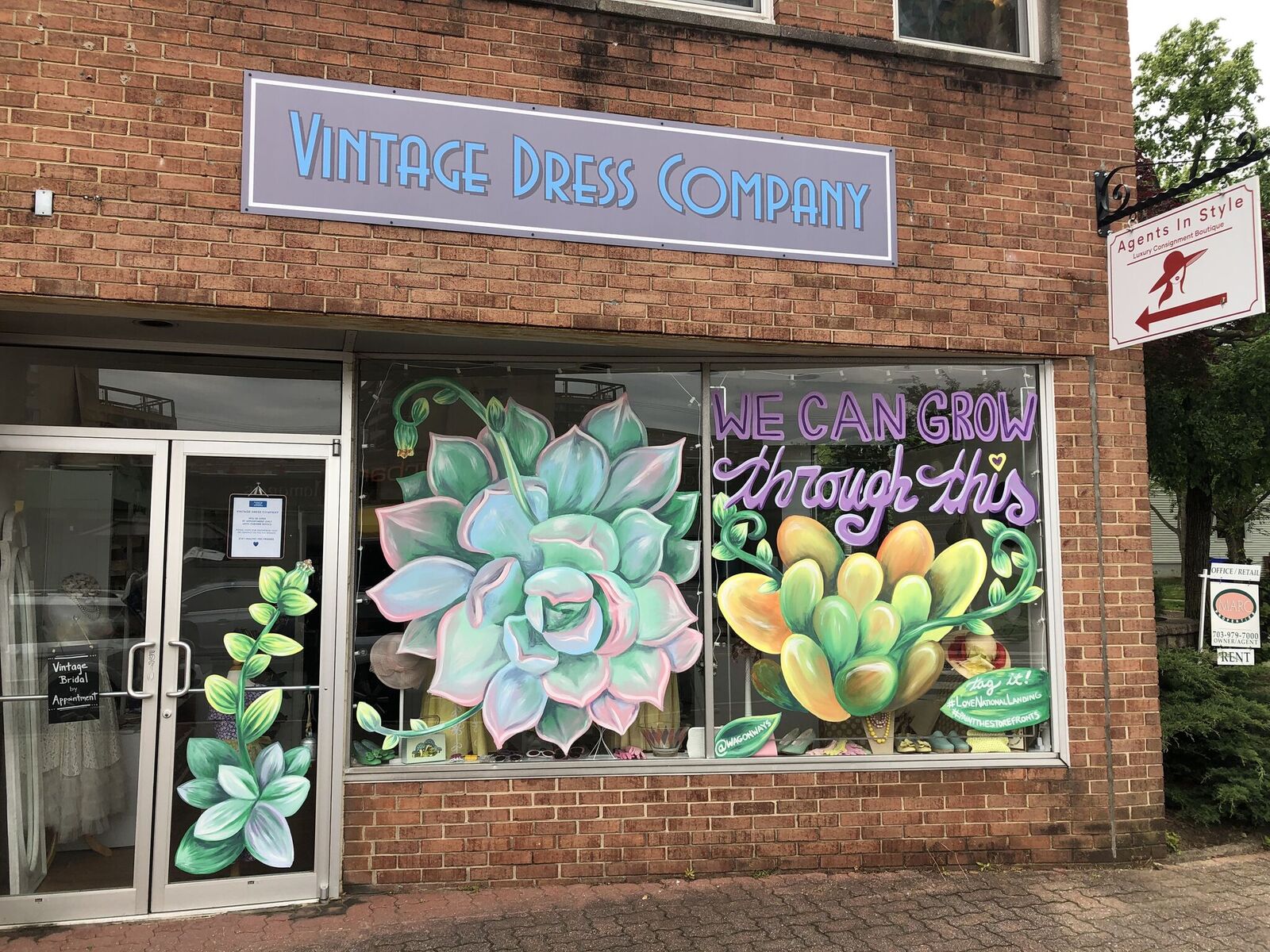It might now be an empty grassy space off of Columbia Pike, but in a few months this site will be home to a giant white spike that serves as a gateway to Arlington County.
Construction is set to begin at the southwest corner of Columbia Pike and S. Jefferson Street on The Pike, a large-scale piece of public art first commissioned nearly a decade ago. The sculpture is expected to be completed by the spring.
Foundation work is first up, beginning with surveying and site utility checks, Jim Byers of Arlington Cultural Affairs tells ARLnow.
Construction starts this week on foundation for @ARL_arts public art sculpture at Columbia Pike and S Jefferson. Most work will be 9am-4pm weekdays. Expect intermittent lane sidewalk closures. "The Pike" will be installed by spring. https://t.co/eNz0cKsC8Z pic.twitter.com/nsRqfagRhN
— Arlington Department of Environmental Services (@ArlingtonDES) November 15, 2021
To facilitate the work, there will be intermittent lane and sidewalk closures on both Columbia Pike and S. Jefferson Street. Construction will “generally” be between 9 a.m. to 4 p.m. Monday through Friday.
“Weather permitting, construction of the foundation is anticipated to be complete in December,” writes Byers.
After the completion of the foundation and a month-long concrete curing process, the sculpture itself will be installed. That’s expected to happen in early 2022.
The Pike will become part of the Arlington Public Arts’ permanent collection.
The sculpture is being made from a “reclaimed 50-foot tall wind turbine wing” and is supposed to represent a toll gate, in homage to when Columbia Pike was a toll road. The artwork’s location near the border of Arlington and Fairfax counties serves as a representative “gateway,” the county says.
The base of the sculpture will be studded with nearly 5,000 coins from all over the world, collected from county residents. The coins are another nod to Columbia Pike’s history as a toll road.
The Pike will also have lights around its base to illuminate it at night.
The sculpture was designed by Donald Lipski, who in 2017 explained he was inspired by wind turbines, toll gates, and the pike as a spear-like weapon.
“It’s just put up as this big beautiful thing. It’s a found object, it’s recycled, it’s emblematic of wind energy, it’s emblematic of a Pike, but one that’s vertical, one that’s in the open position and says, ‘Come on in. Everybody is welcome. You don’t have to pay a toll even though it used to be a Pike’,” Lipski said at a talk at the Columbia Pike Library at the time.
Back then, there were some objections to the process and design. The Arlington Mill Civic Association criticized the lack of public input and the Douglas Park Civic Association president noted that a blade and a toll gate were not great community representations.
Columbia Pike resident and ARLnow opinion columnist Chris Slatt, meanwhile, opined on Twitter that The Pike follows what appears to be the county’s preference for spikey, vertical sculptures which “would hurt King Kong if he stepped on it.”
See also: pic.twitter.com/7BItiHaq2F
— Chris Slatt (@alongthepike) November 15, 2021
The sculpture construction and installation has been included as part of the Columbia Pike Multimodal Improvement Project, a multi-year series of street improvements and utility upgrades along the entire stretch of roadway from the Fairfax border to just before the Pentagon.
The design, fabrication, and installation of The Pike is expected to cost about $250,000, writes Byers, “which is less than 1% of the total construction budget of $37 million for this portion of the Columbia Pike Multimodal Improvement Project.”
When the sculpture is completed next year, an celebration will be planned in coordination with the Columbia Pike Partnership.


